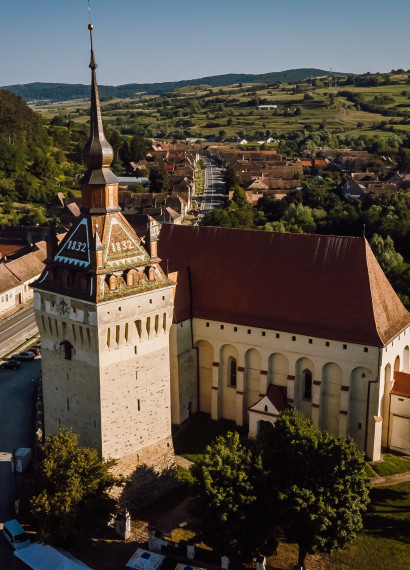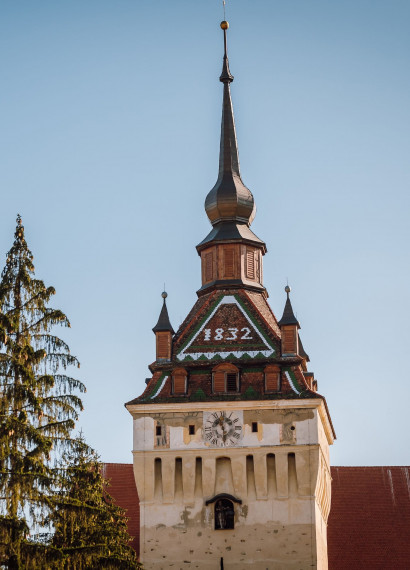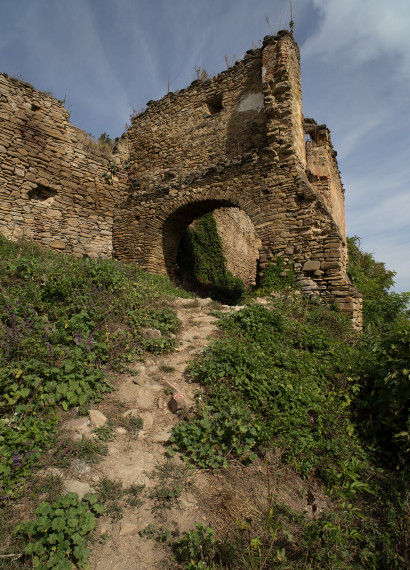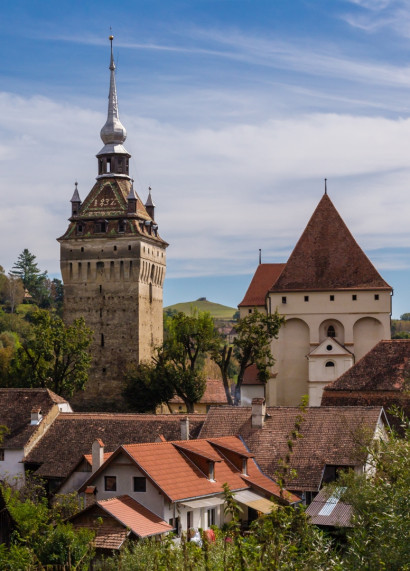- Home
- Sighișoara
- Paths
- Historical walk in Sighisoara
Historical walk in Sighisoara
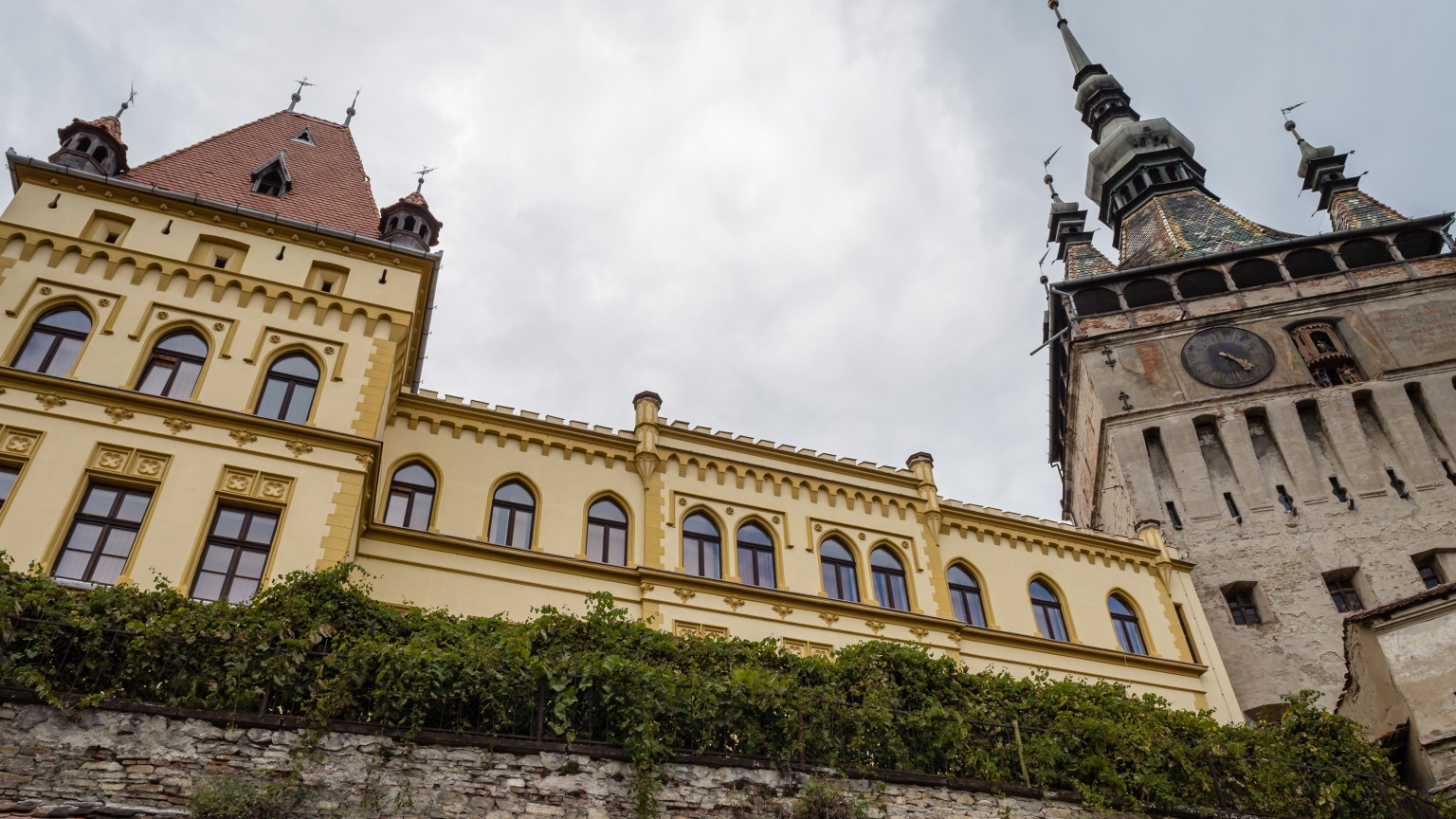
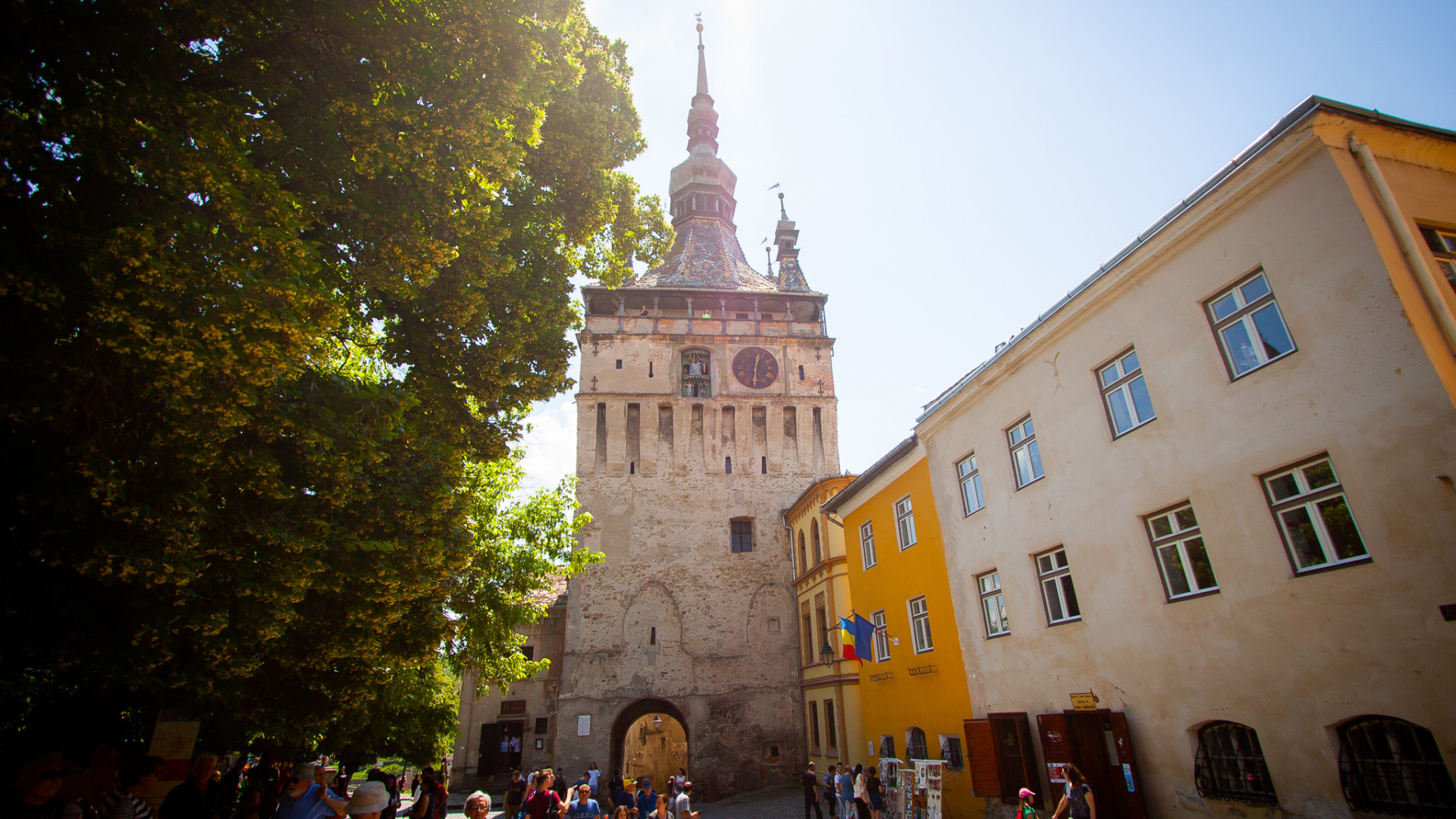
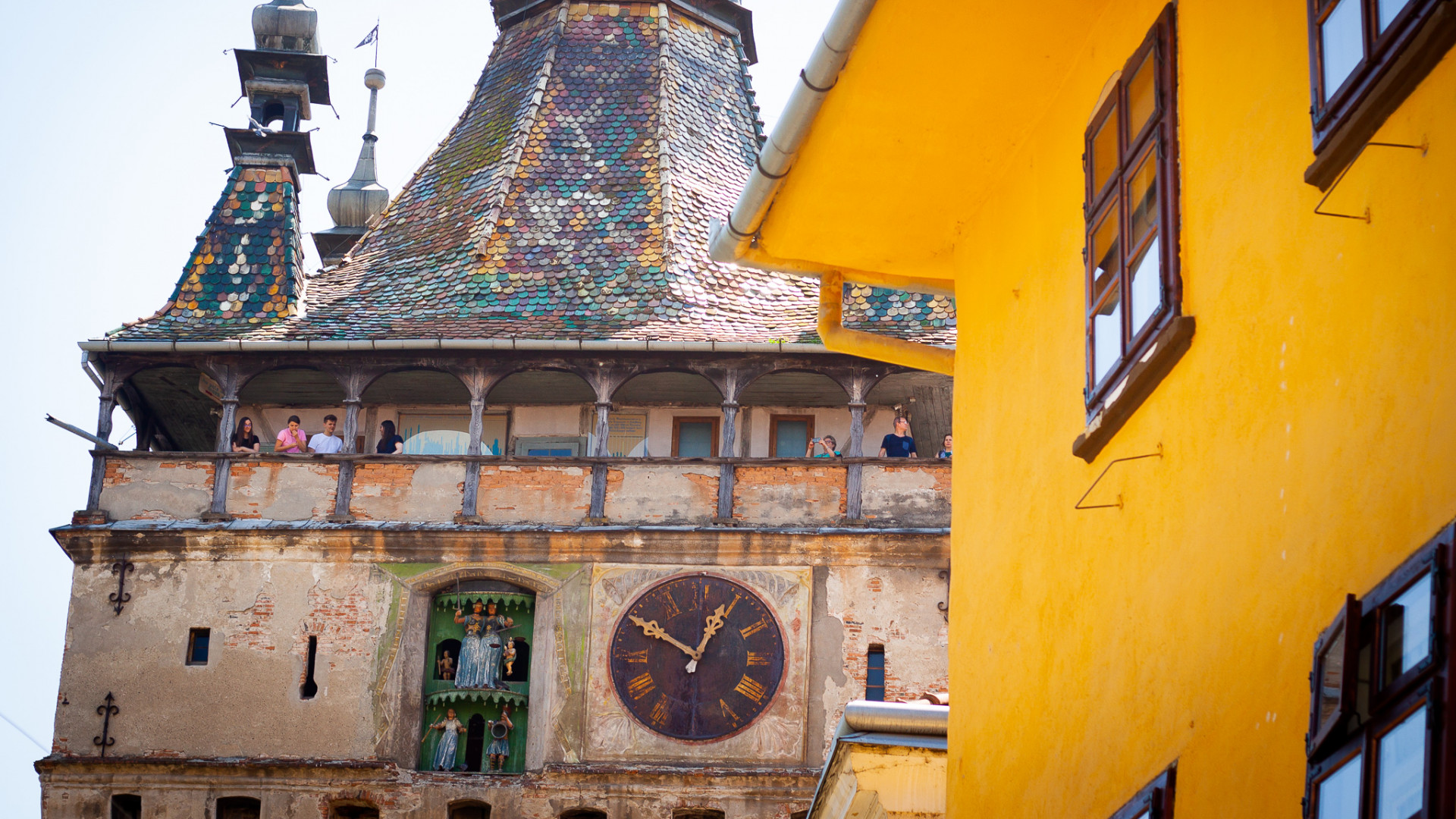
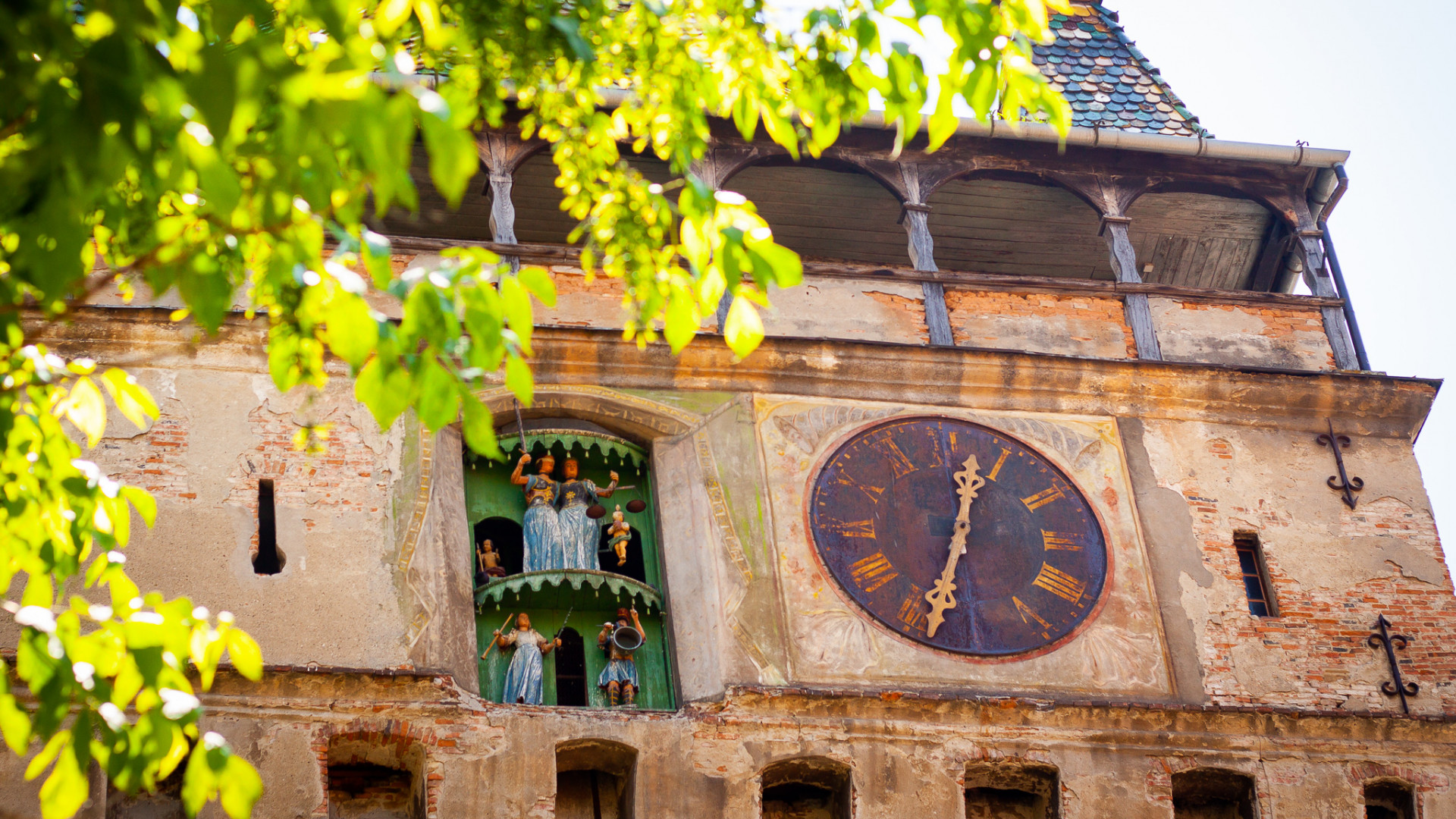
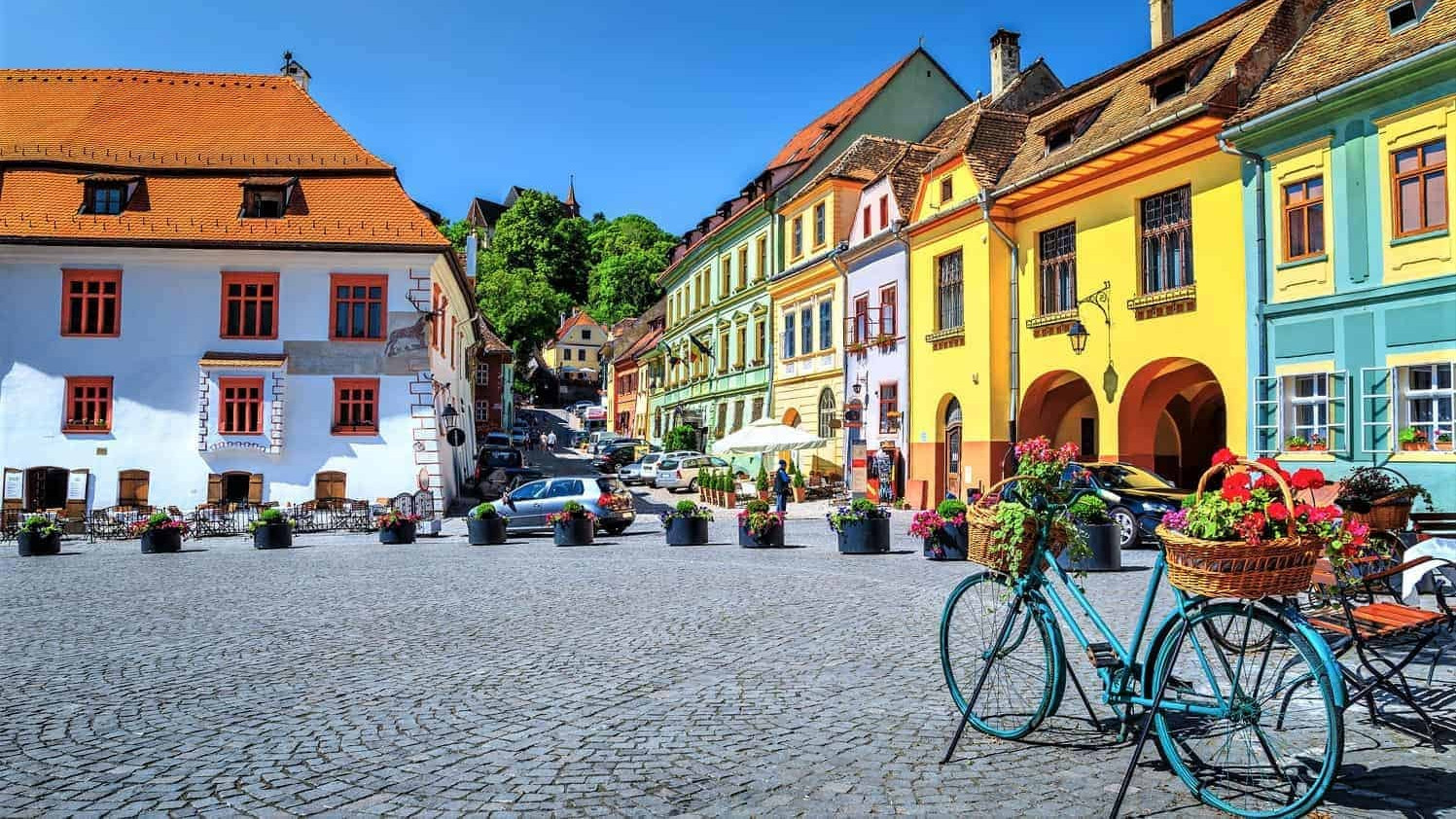
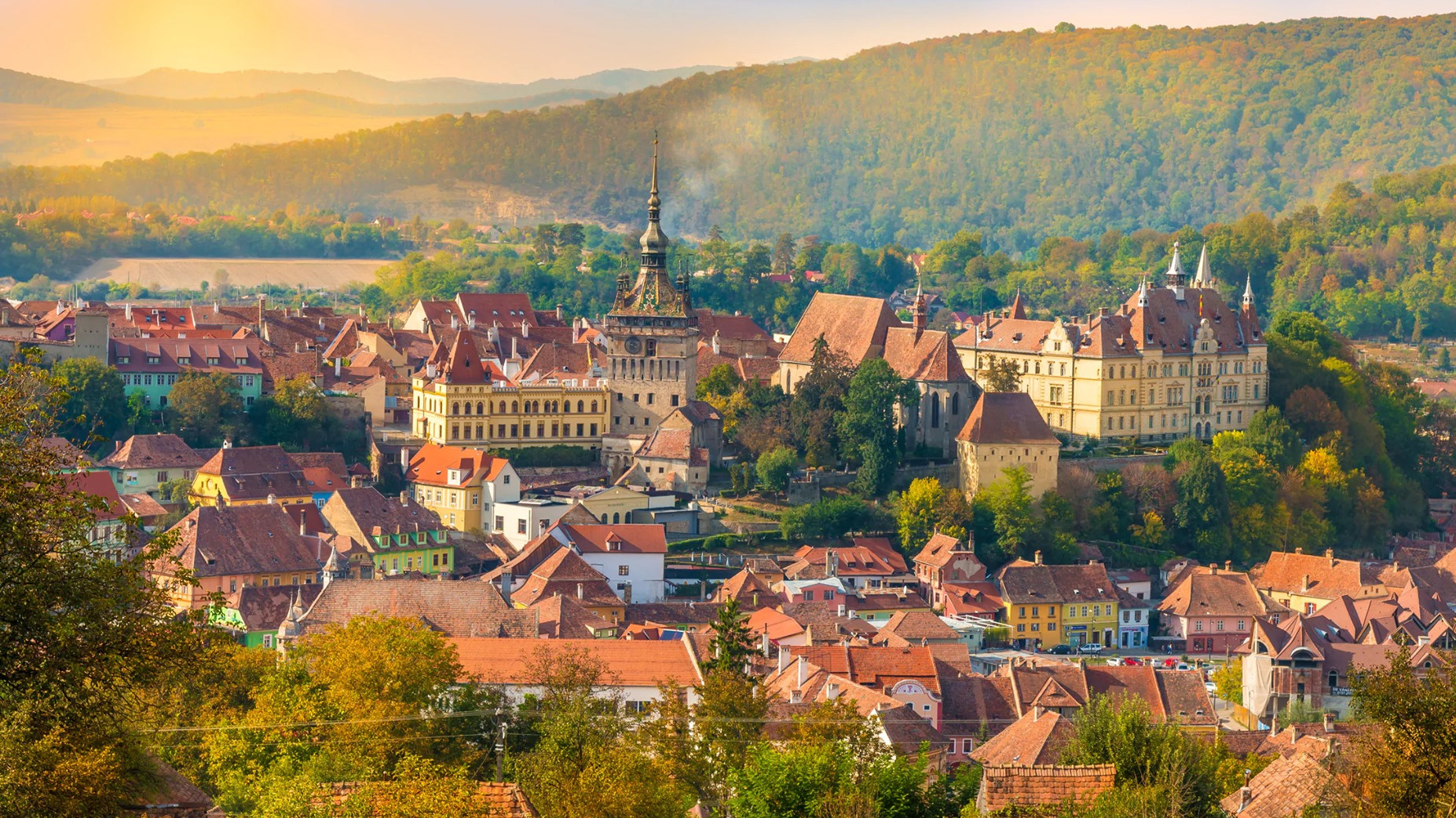
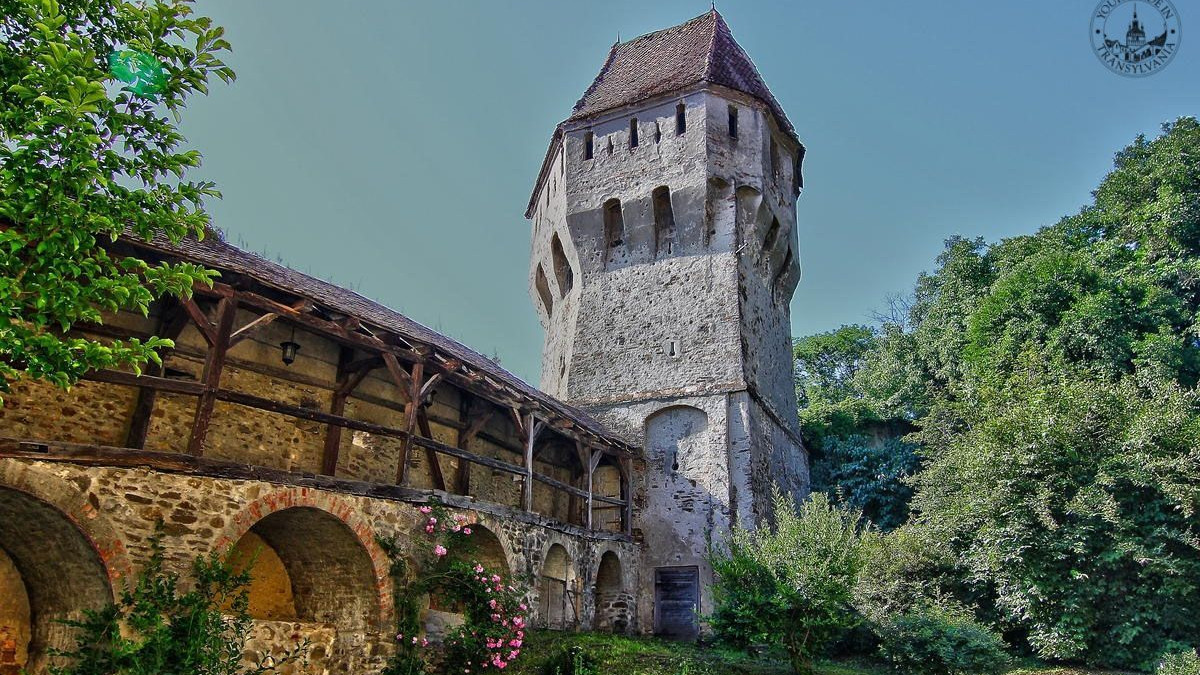

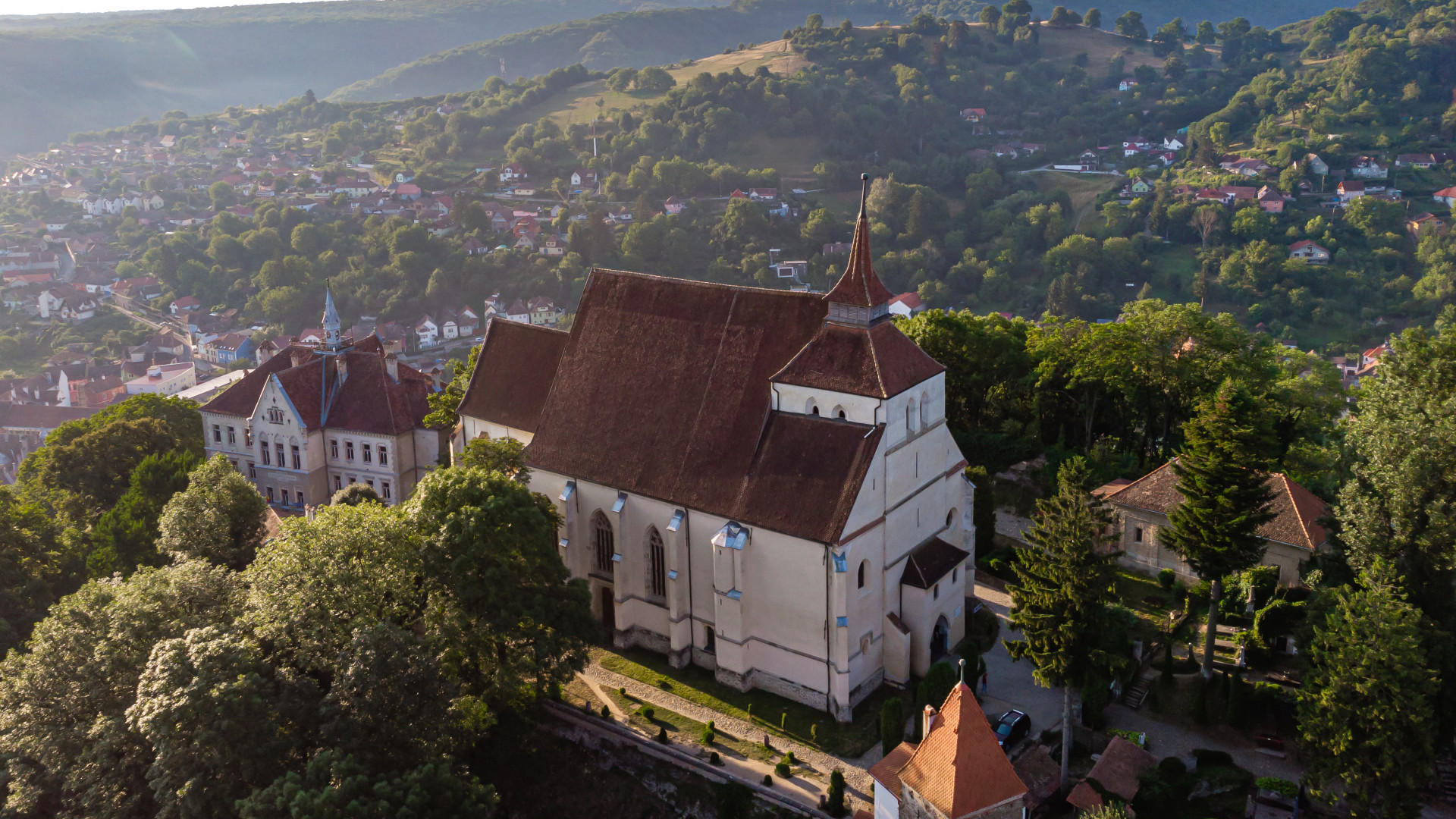
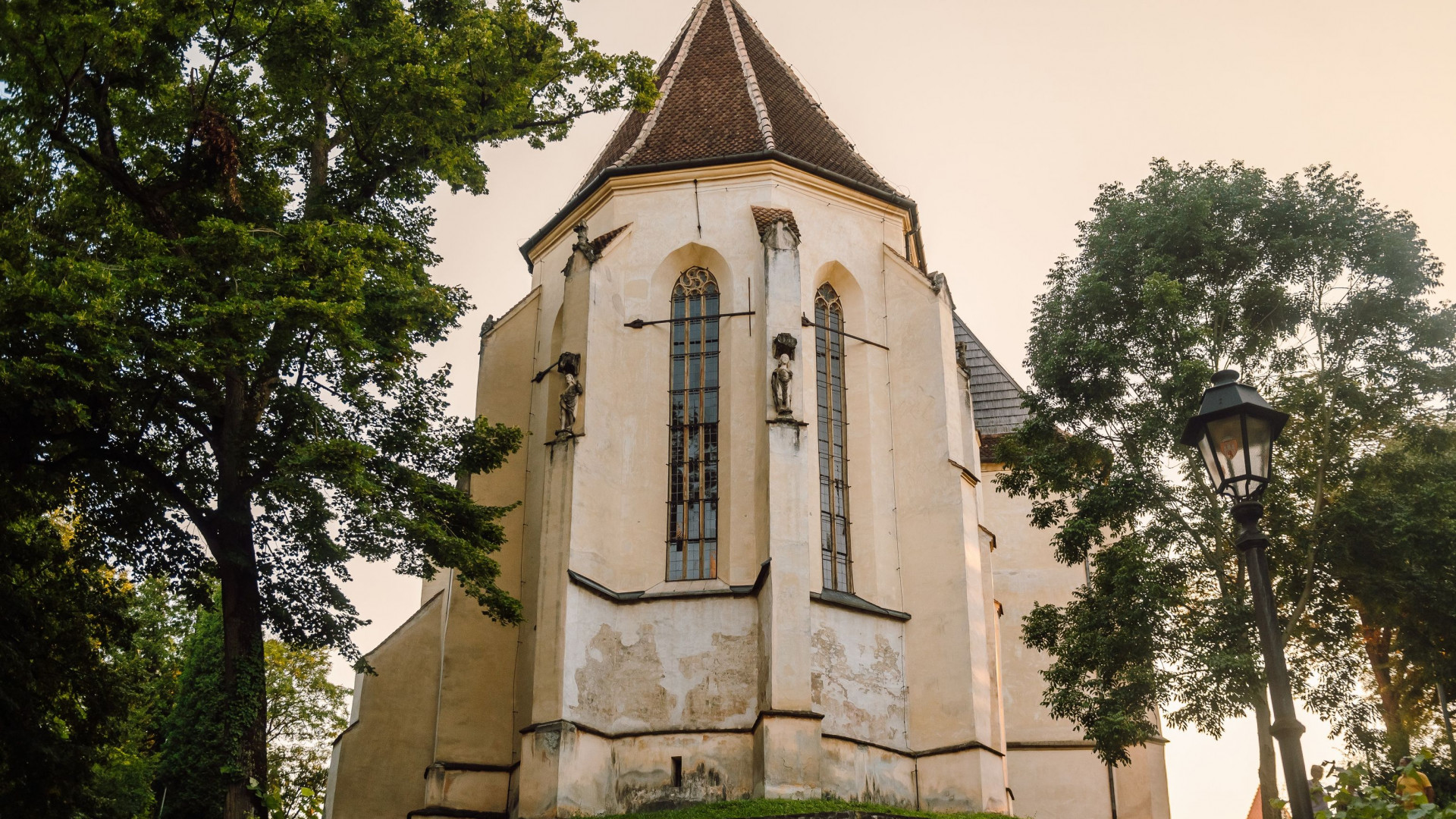
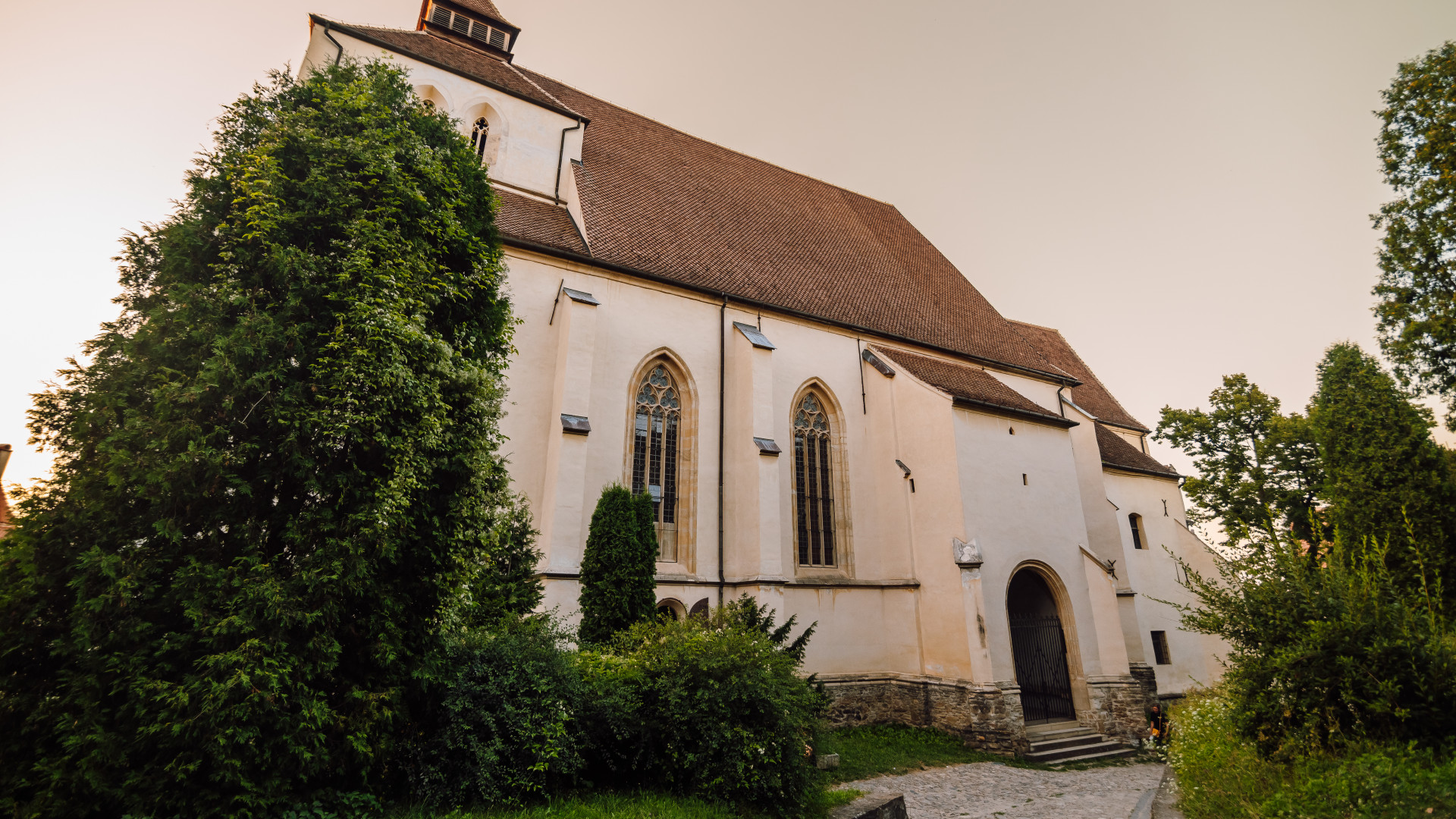
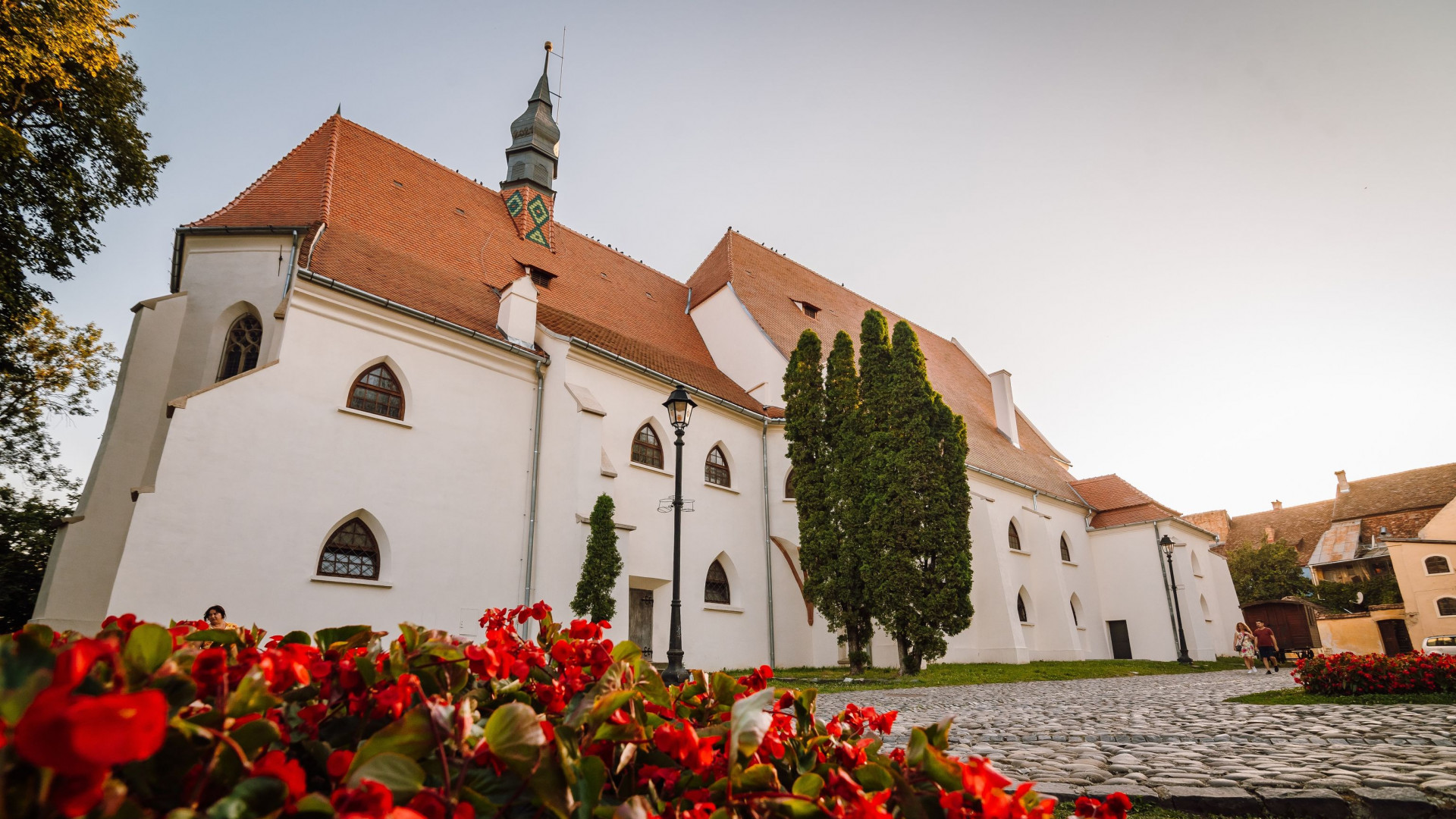
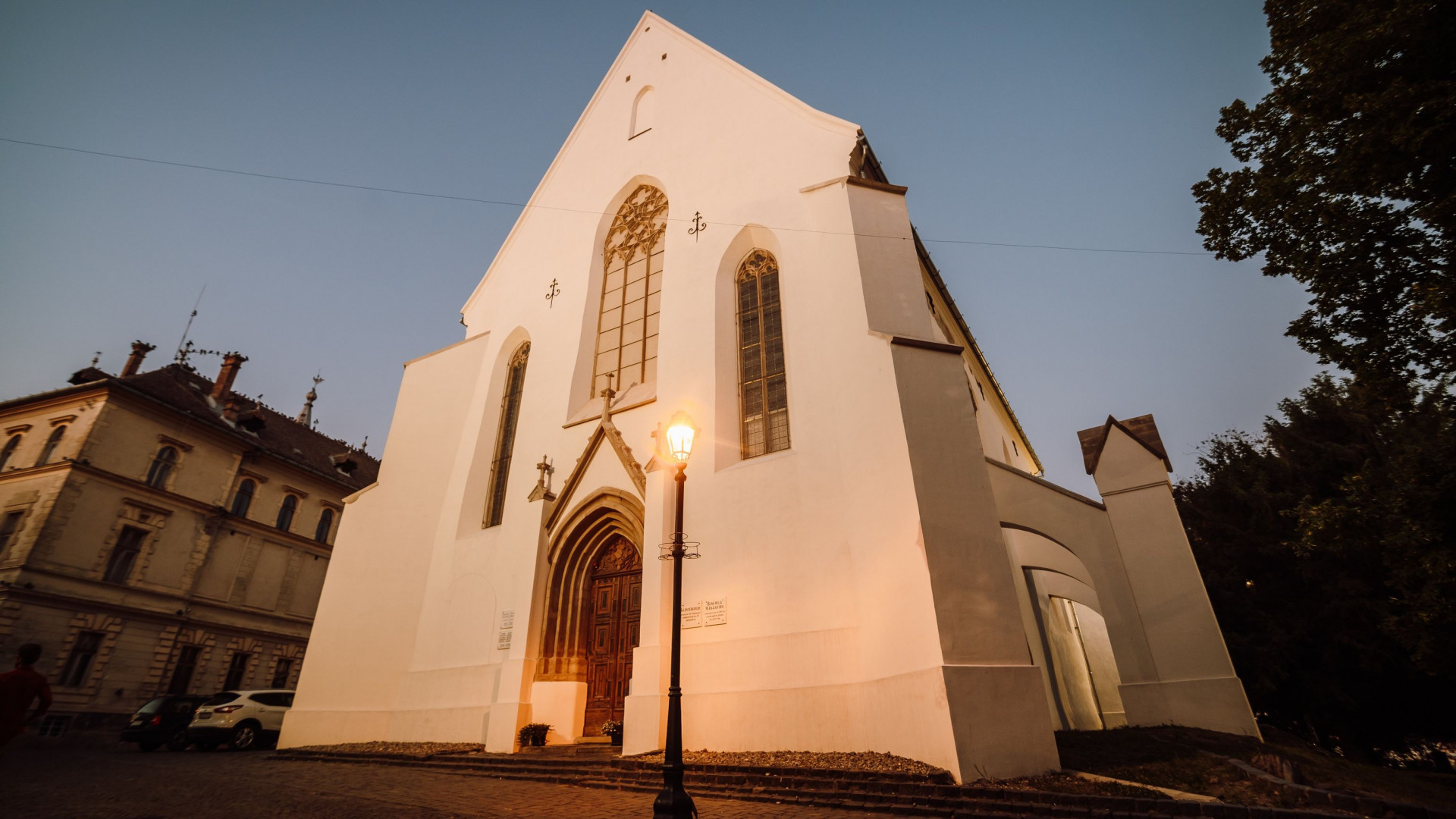
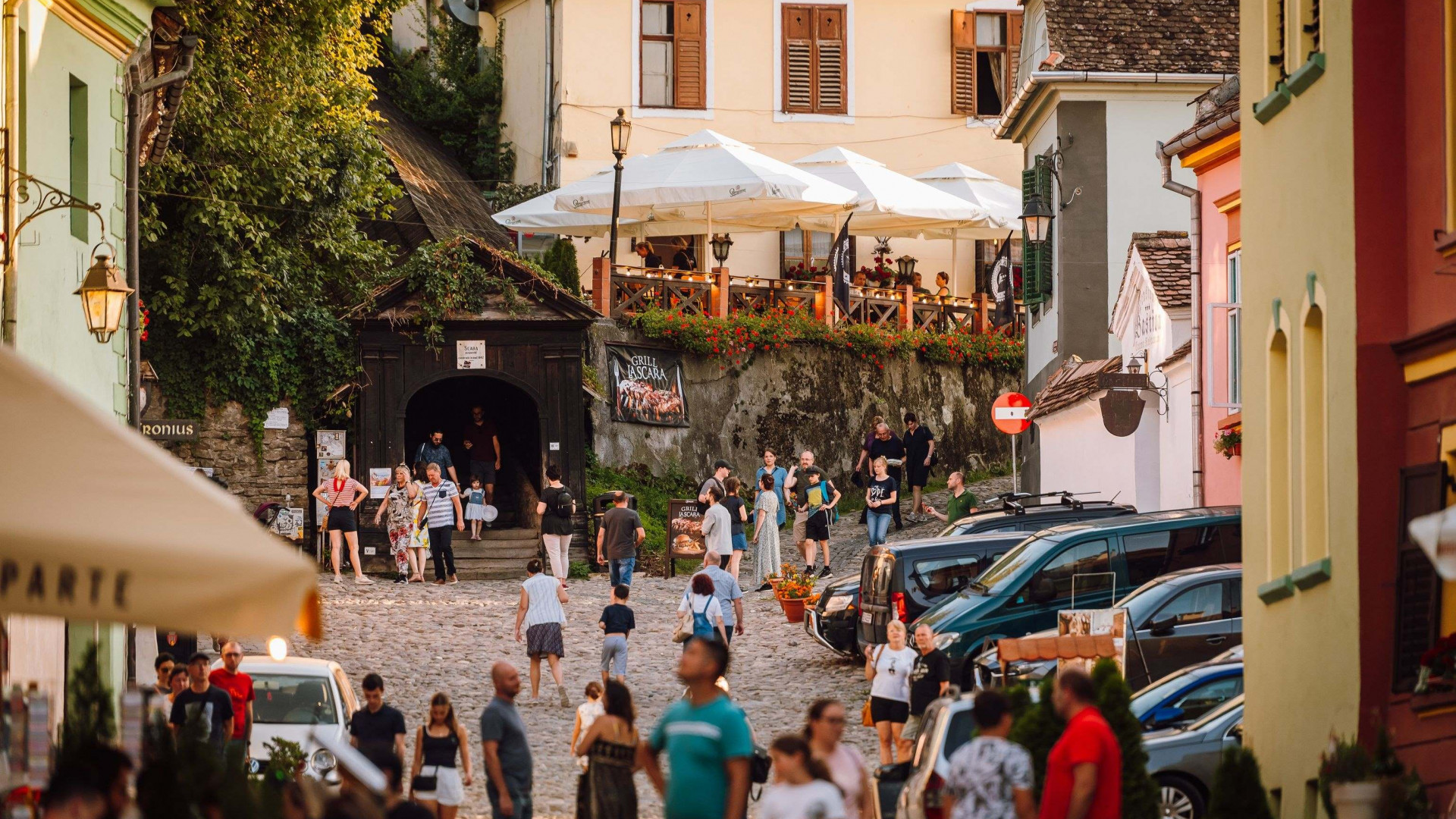
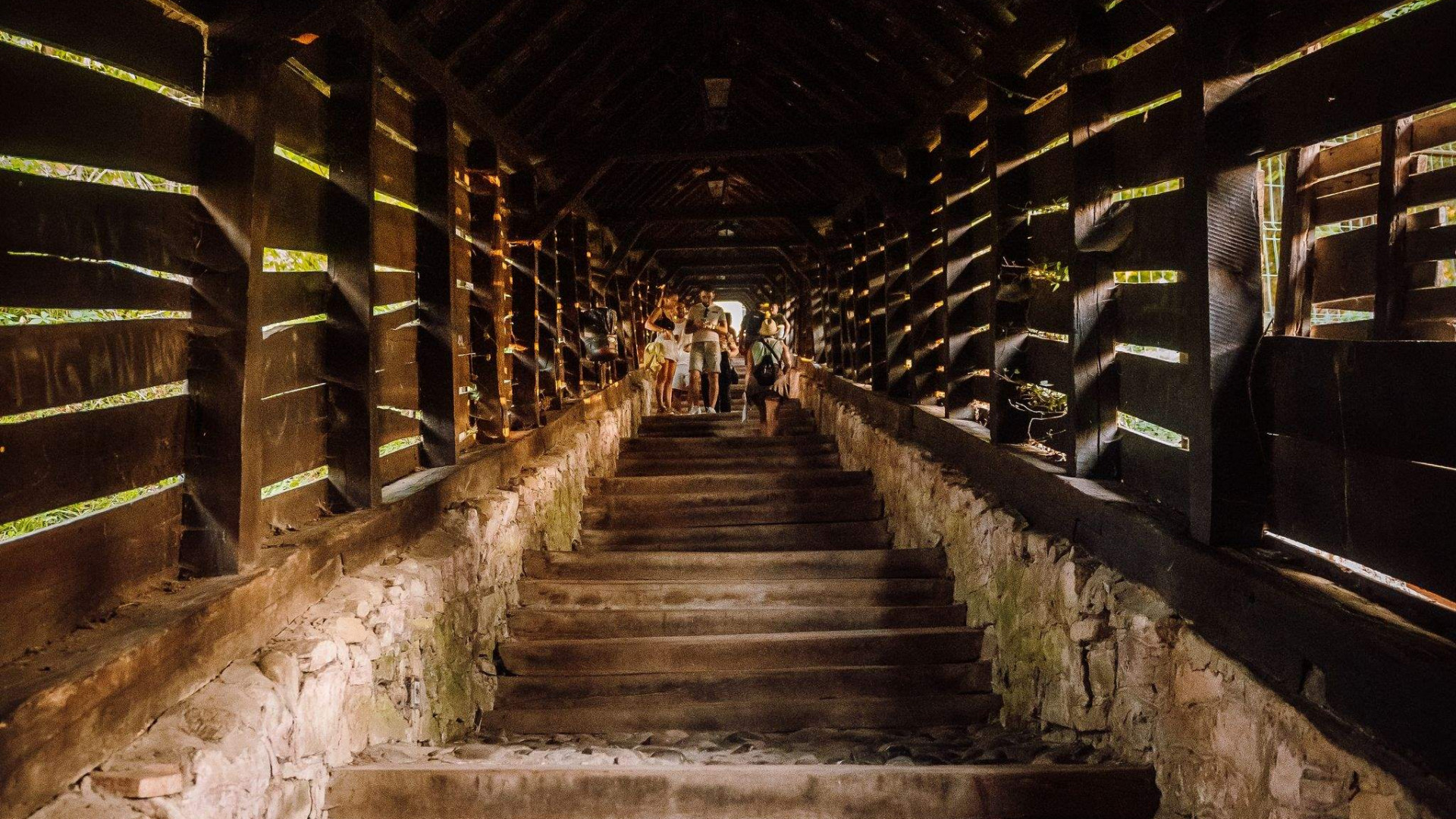
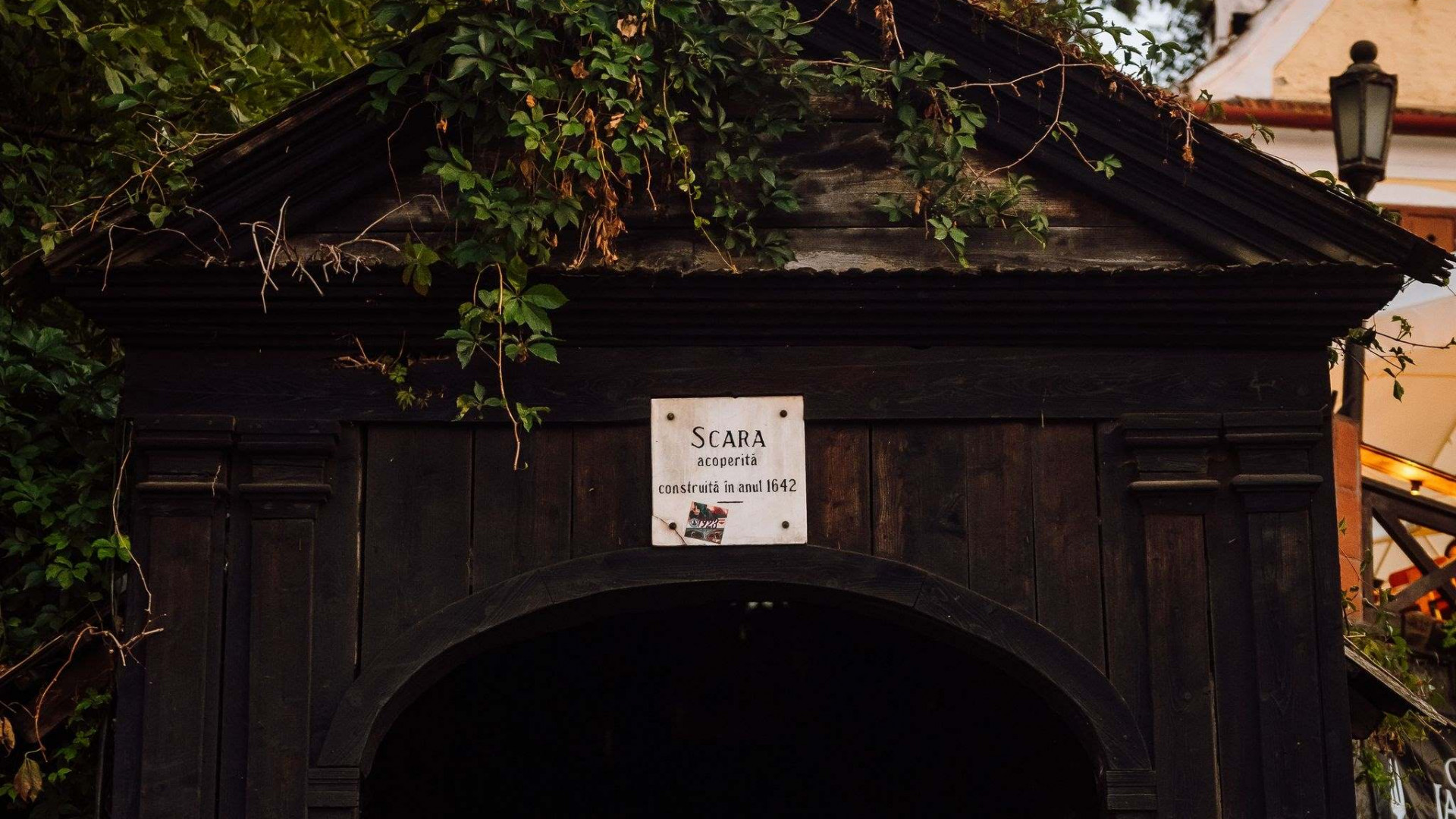
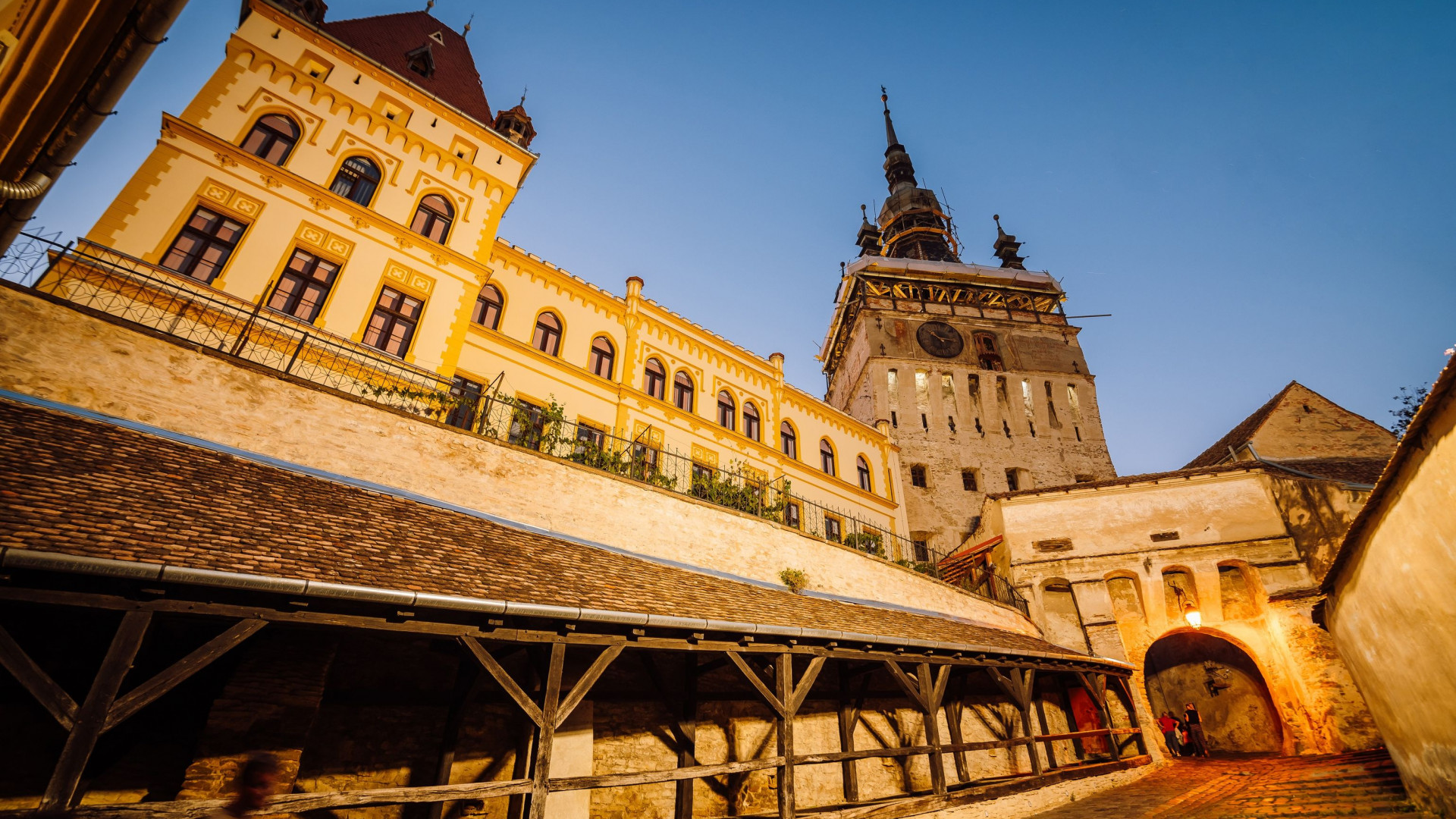
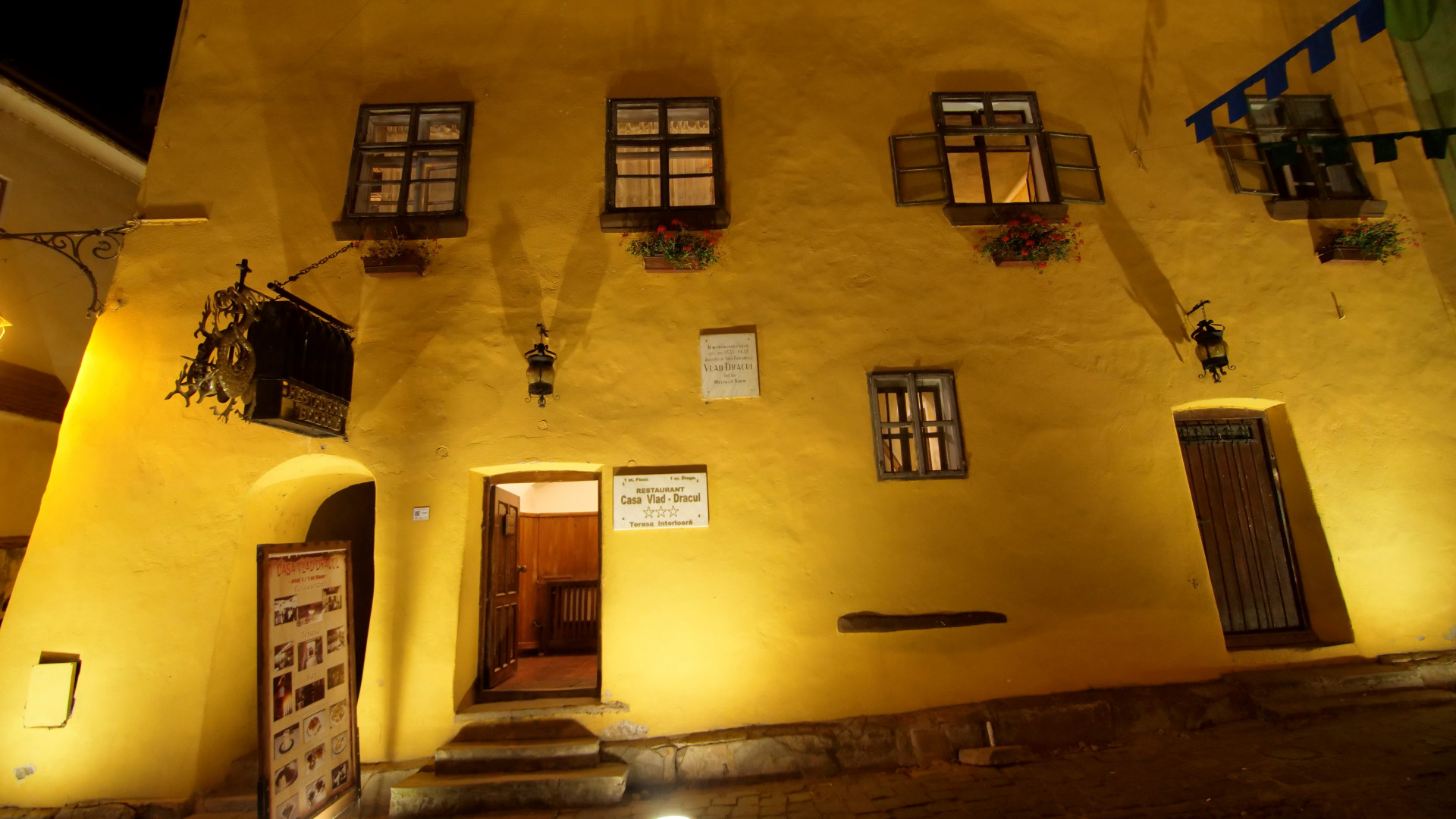
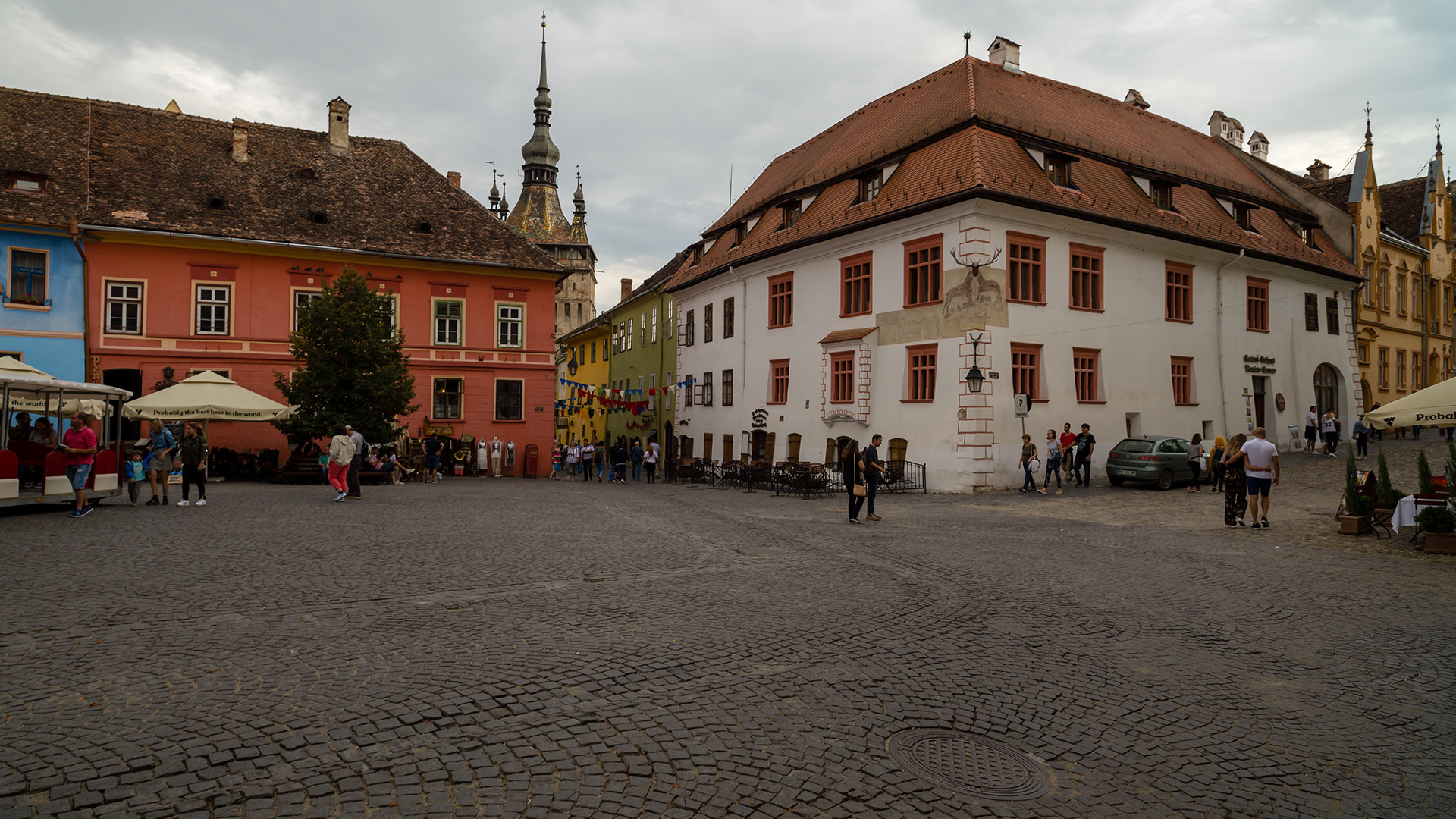
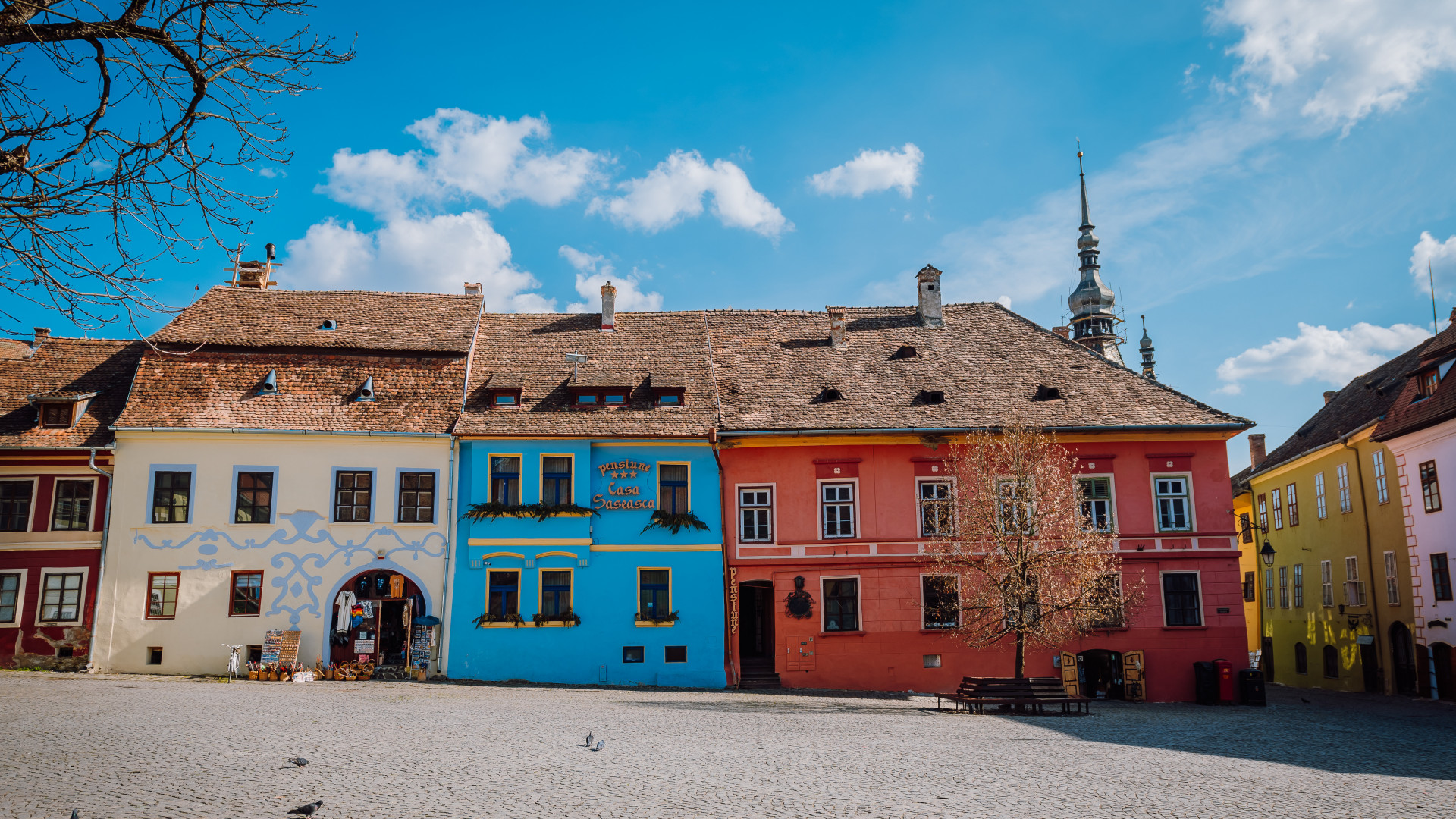
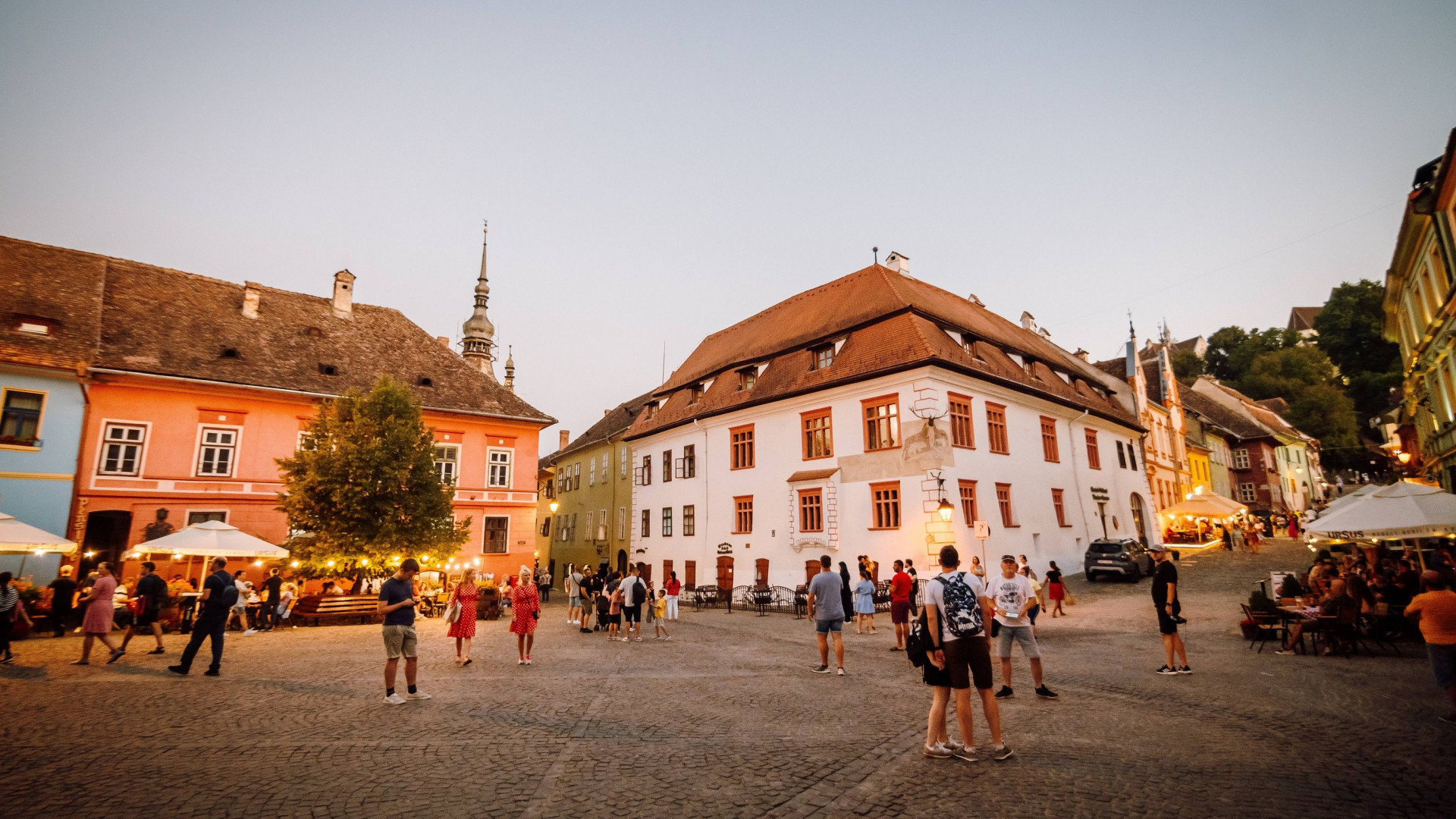
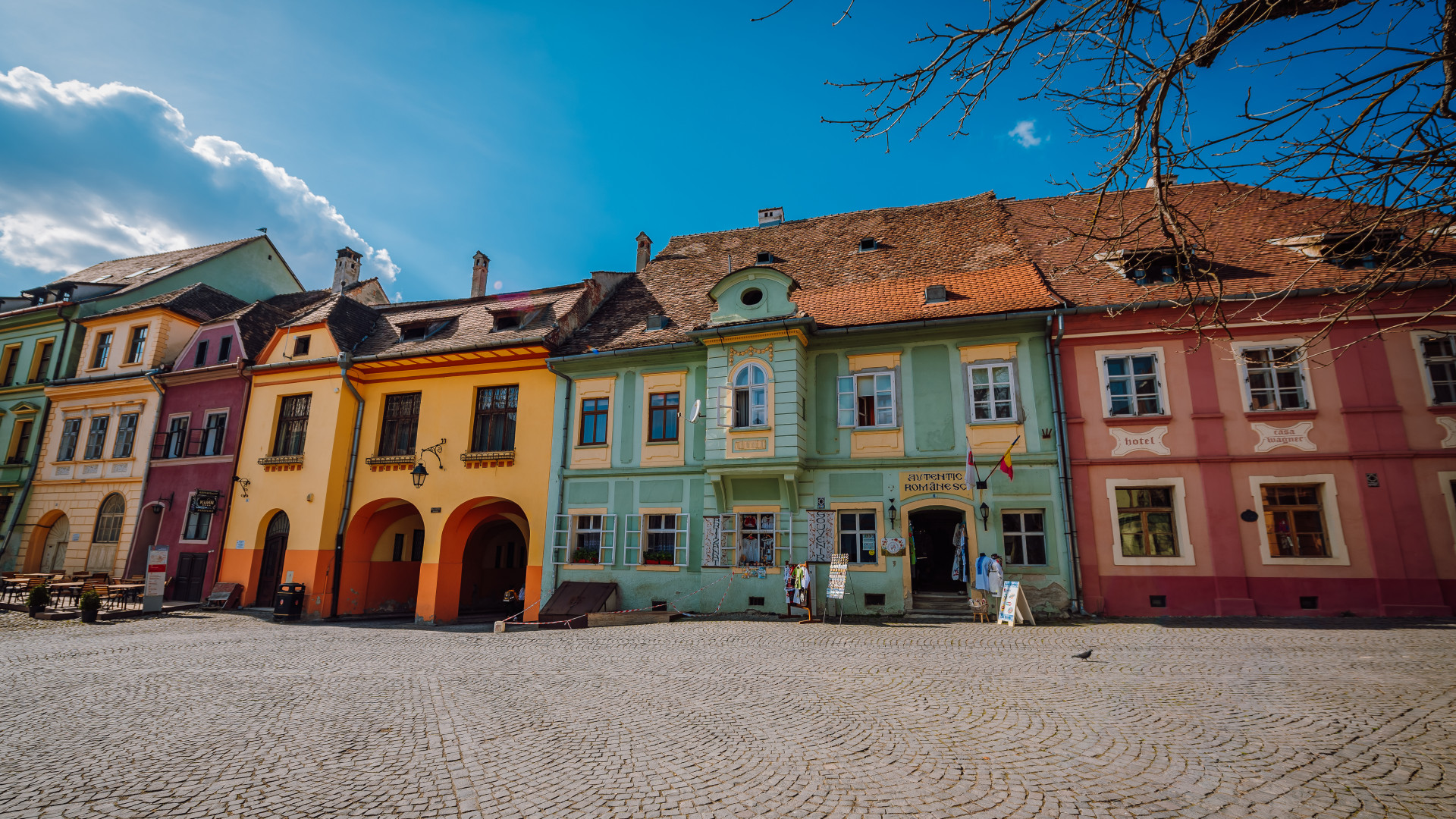
.png)
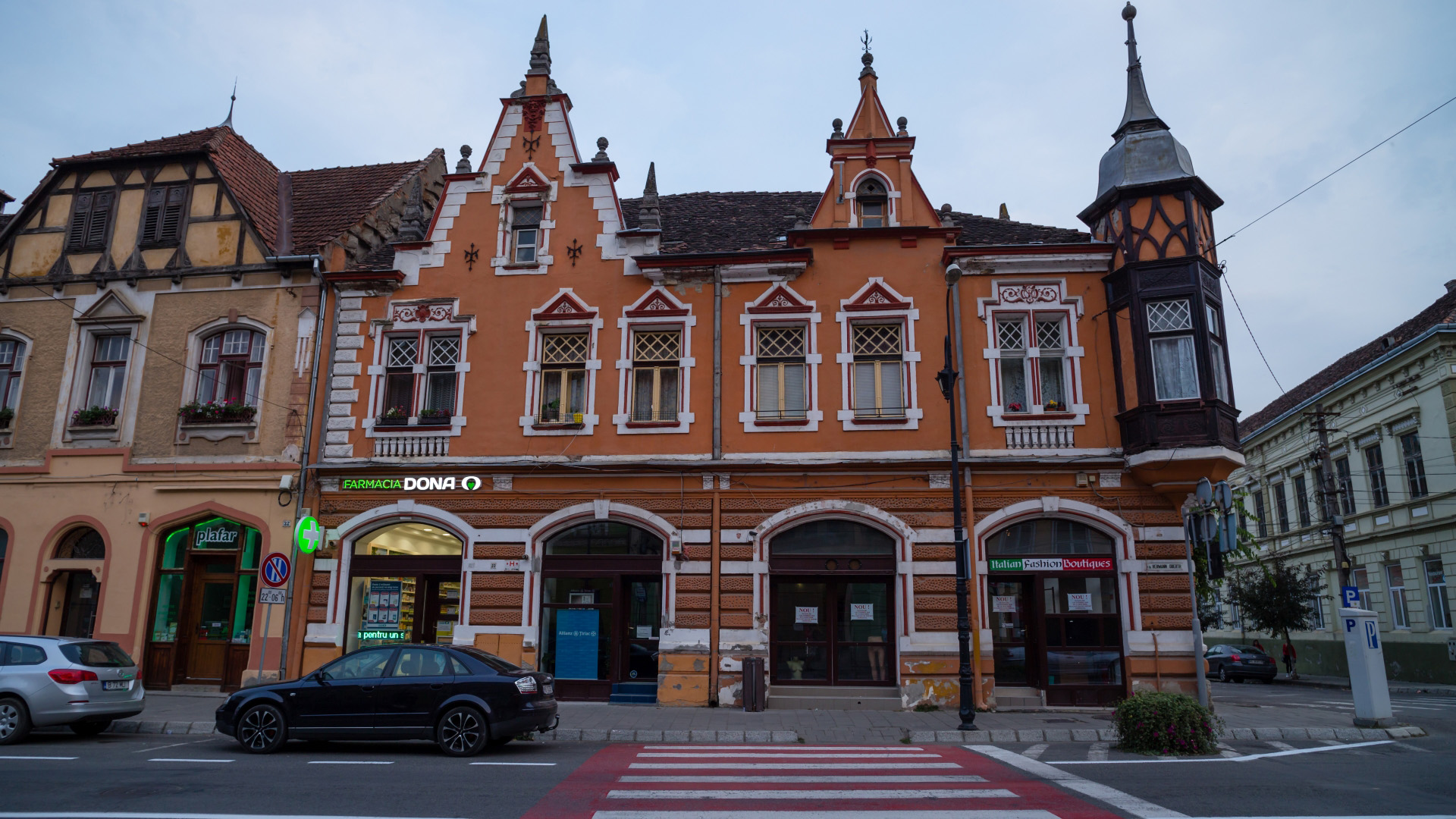
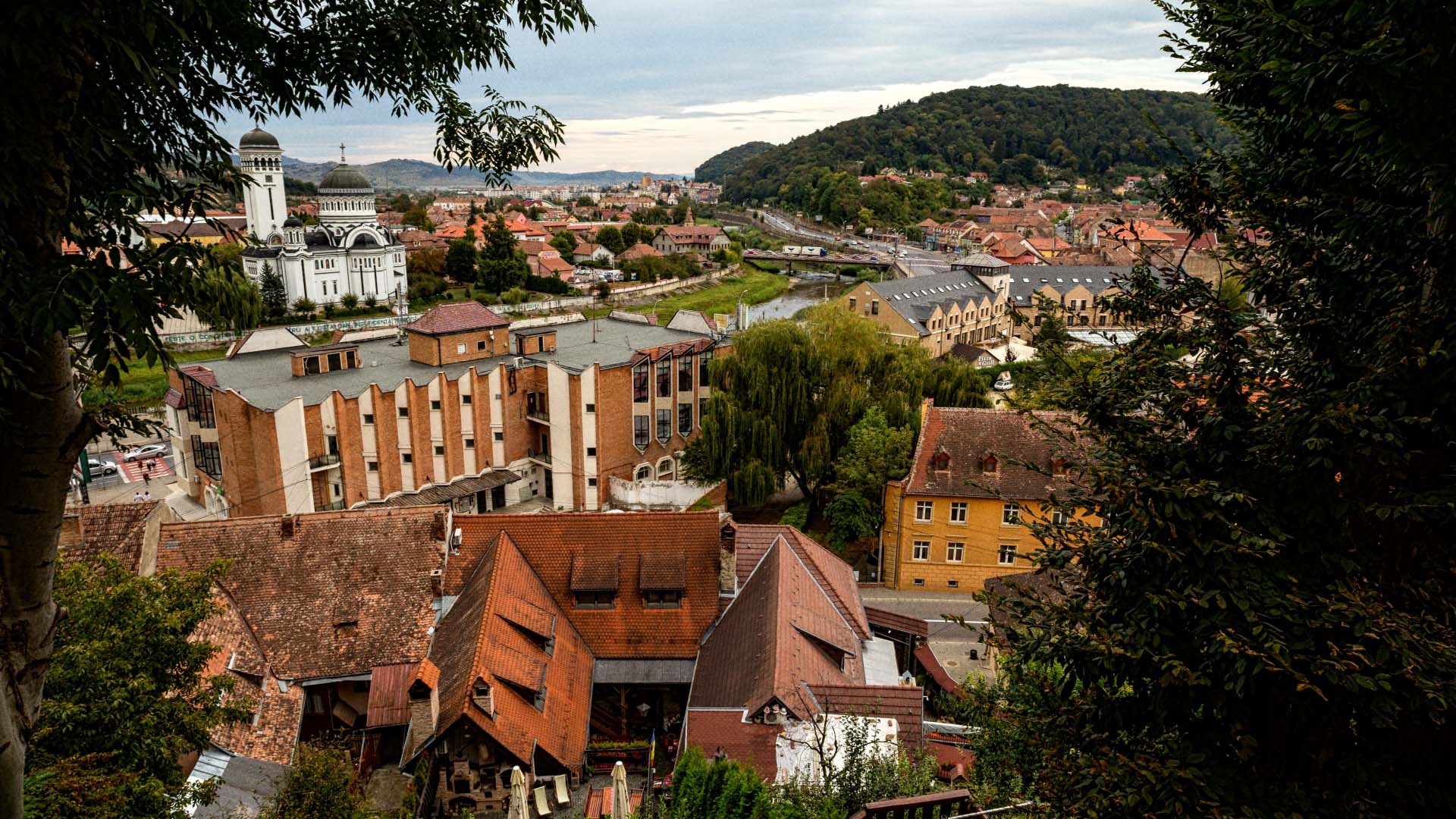
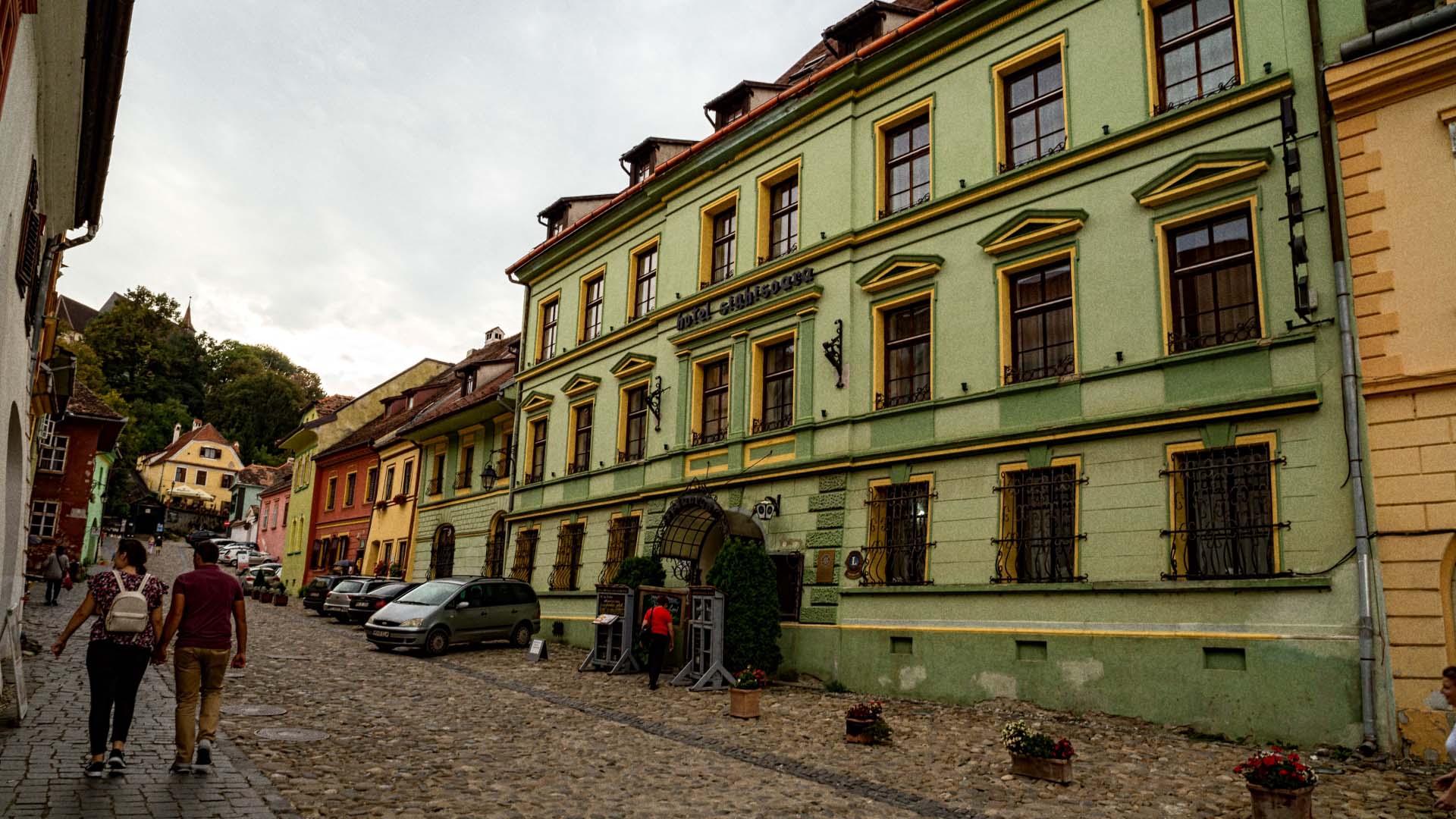
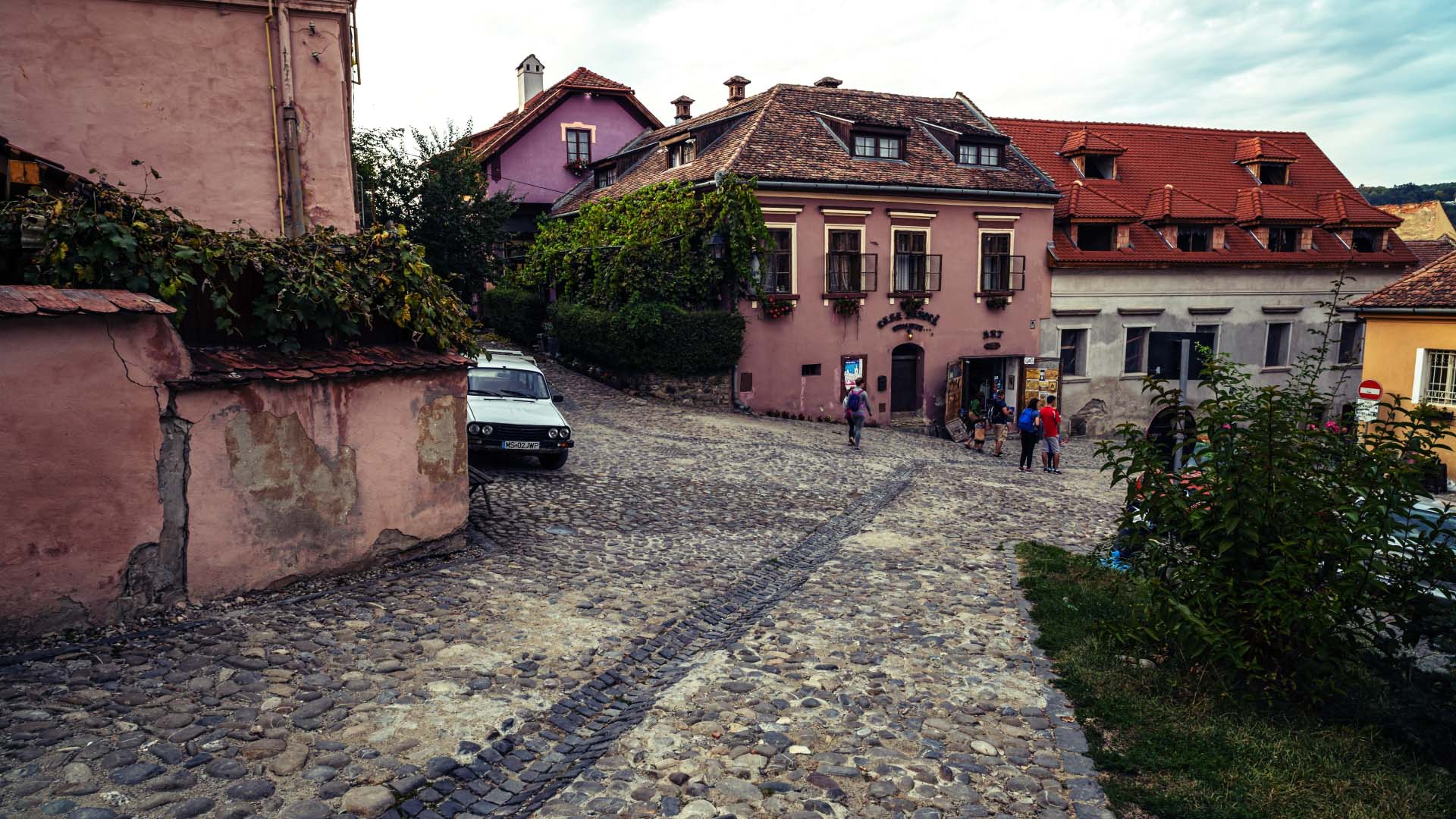
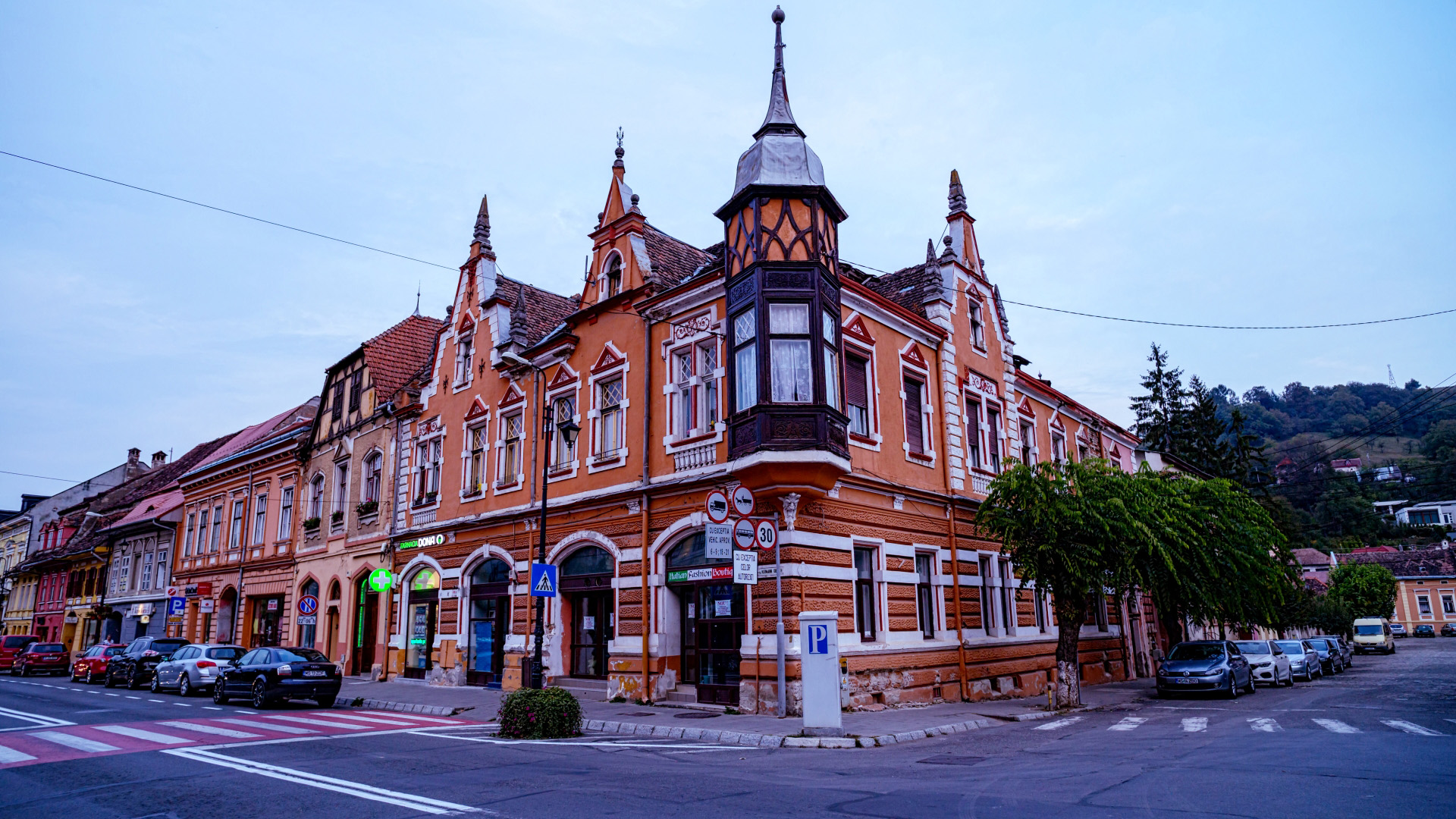
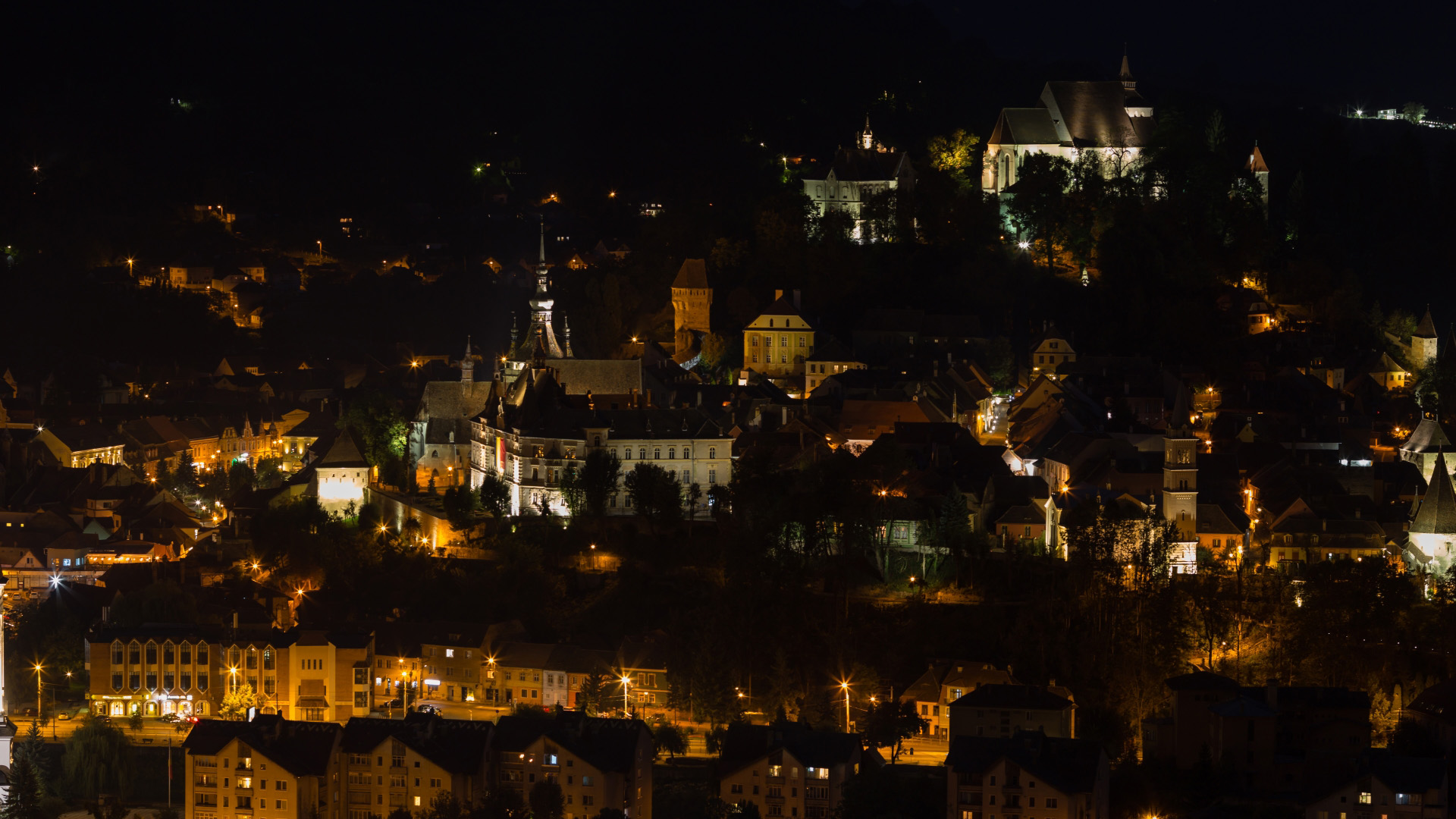
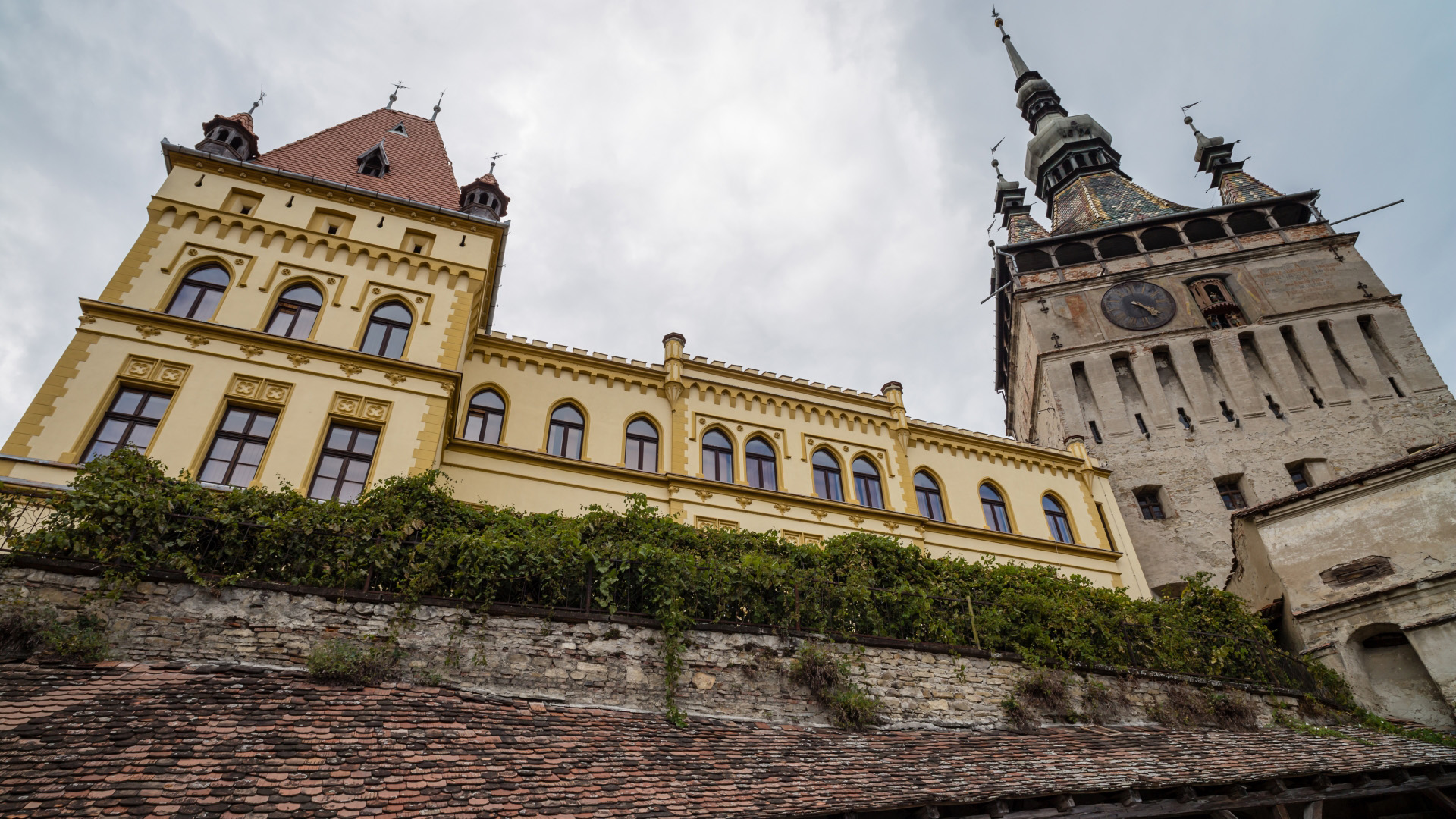
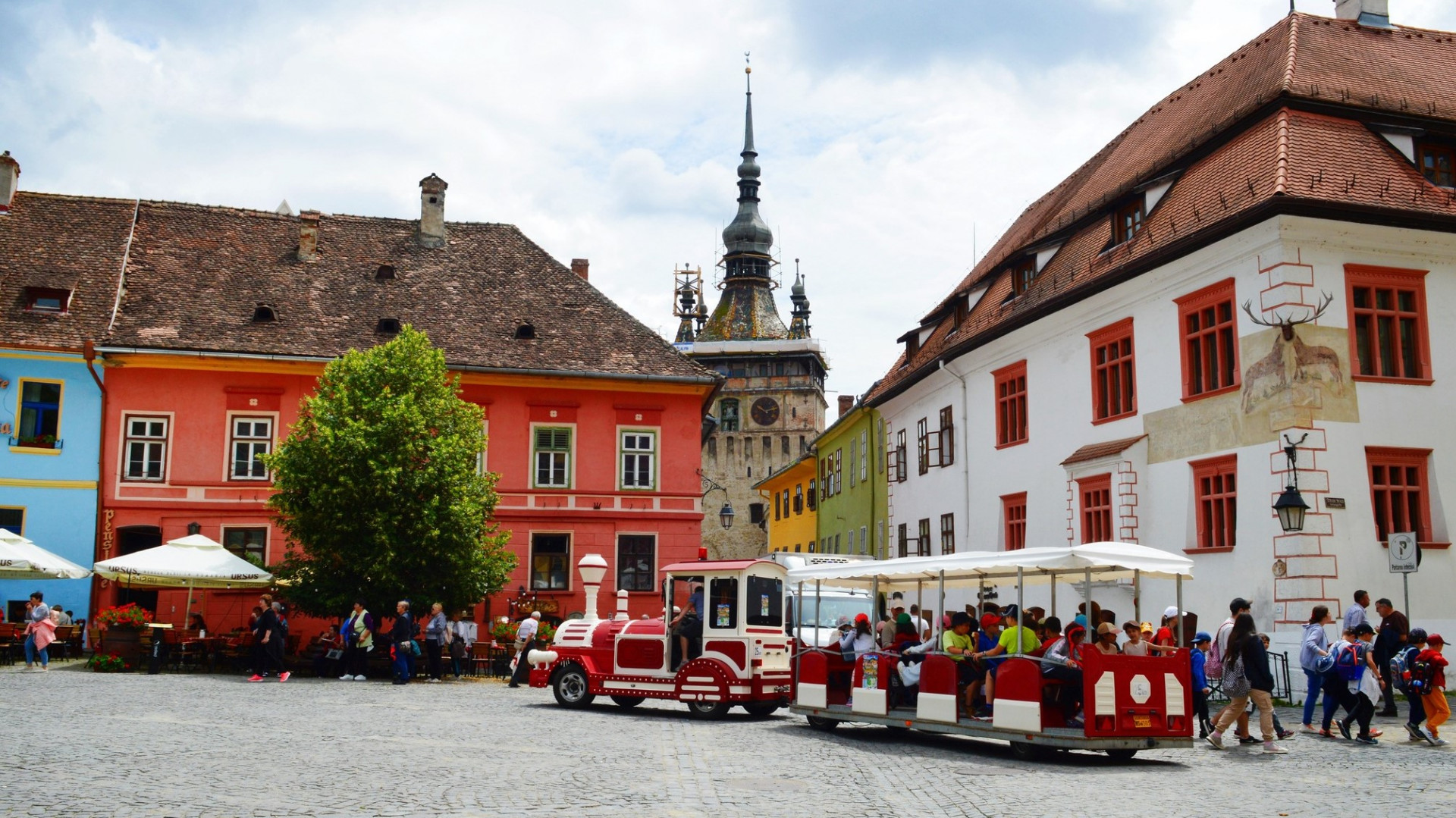
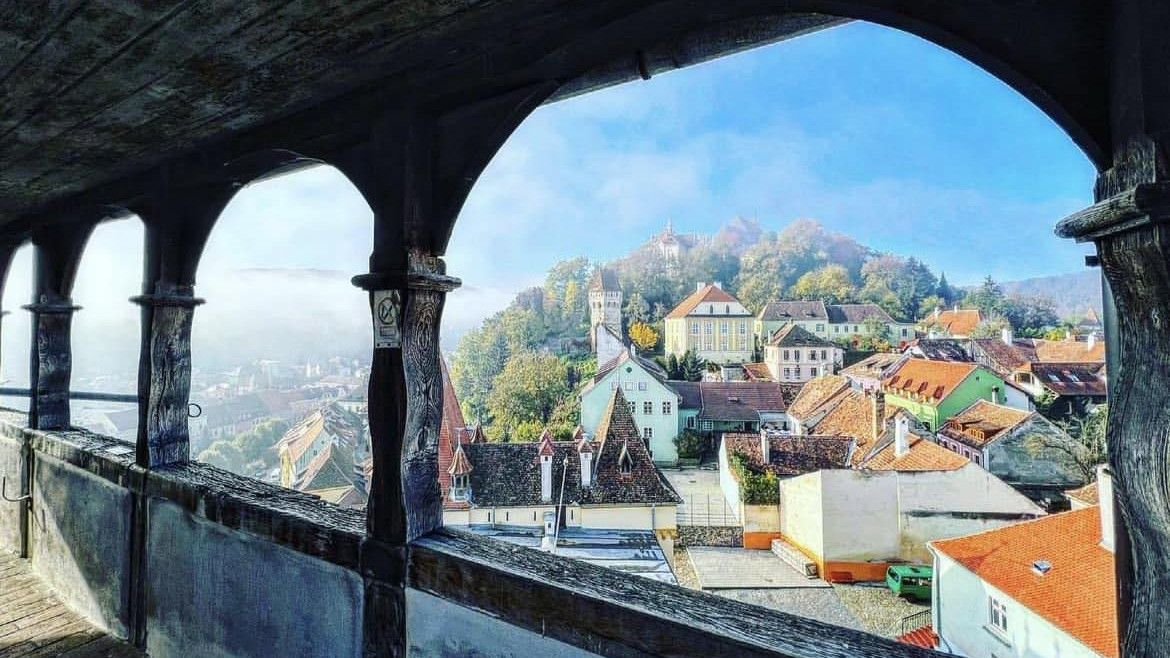
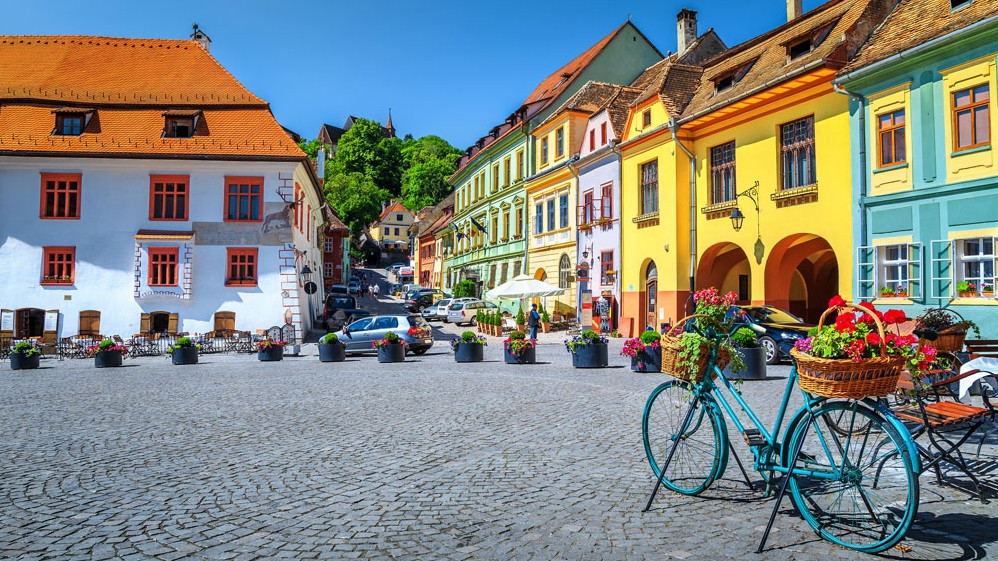
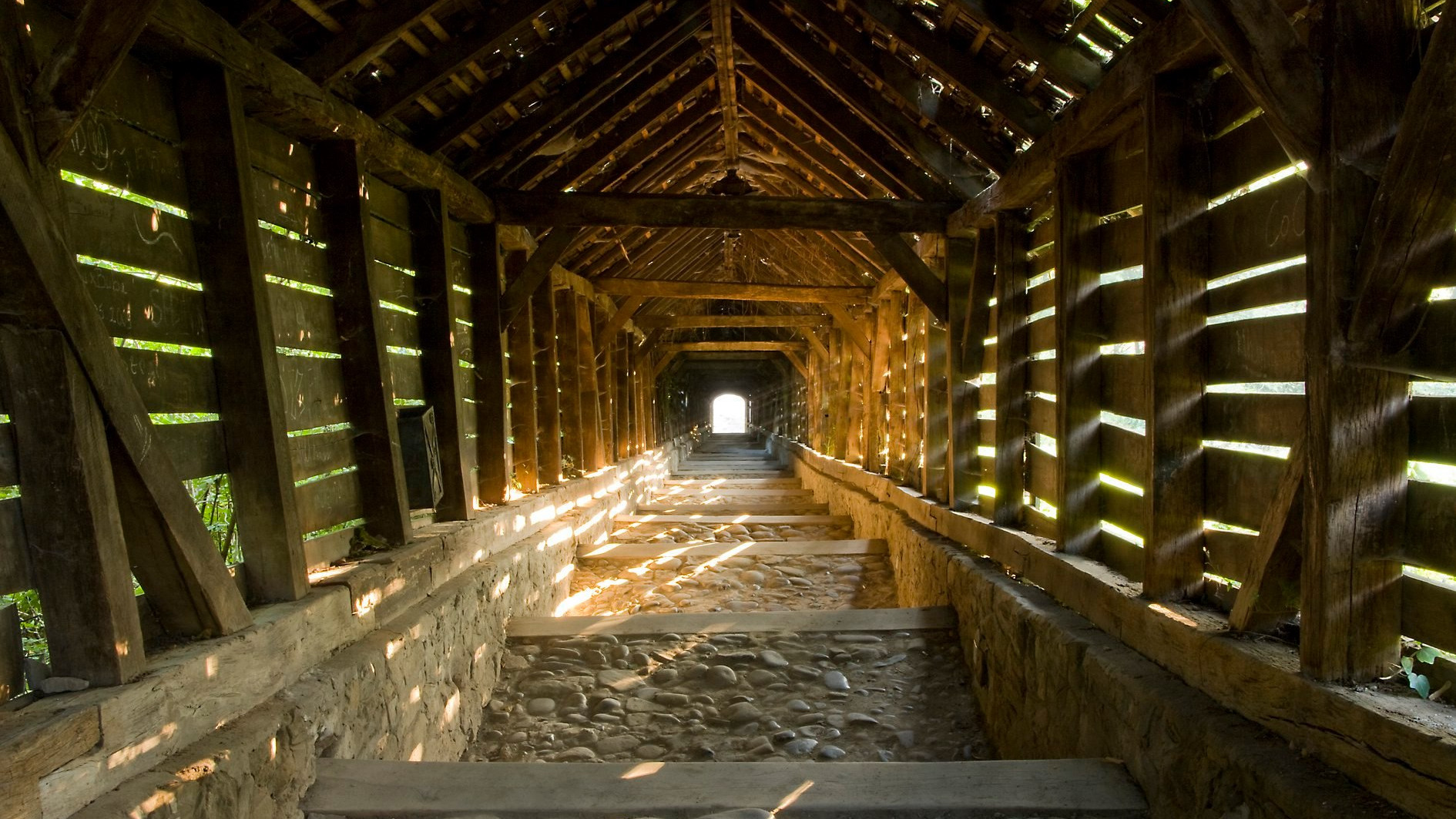
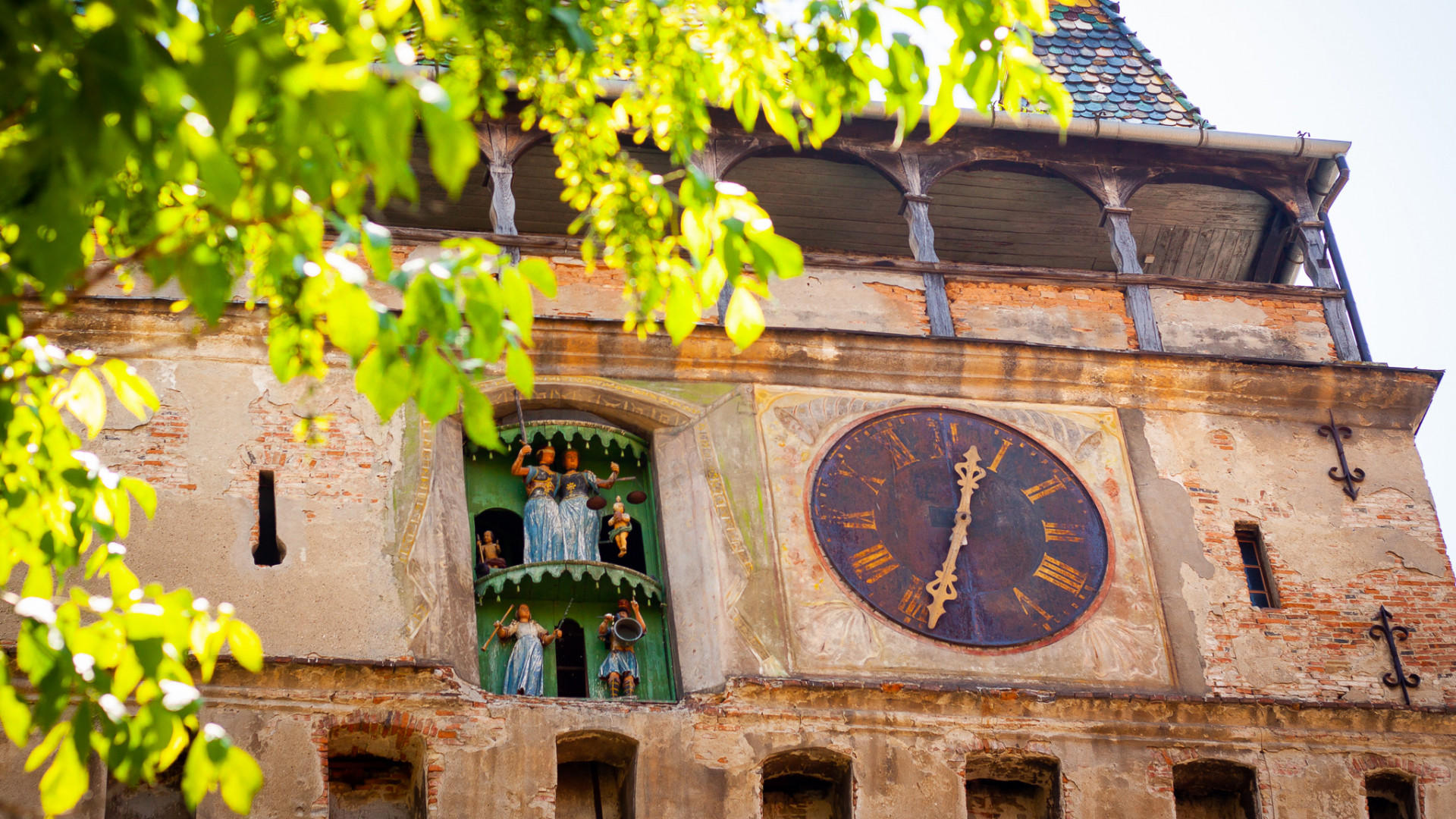
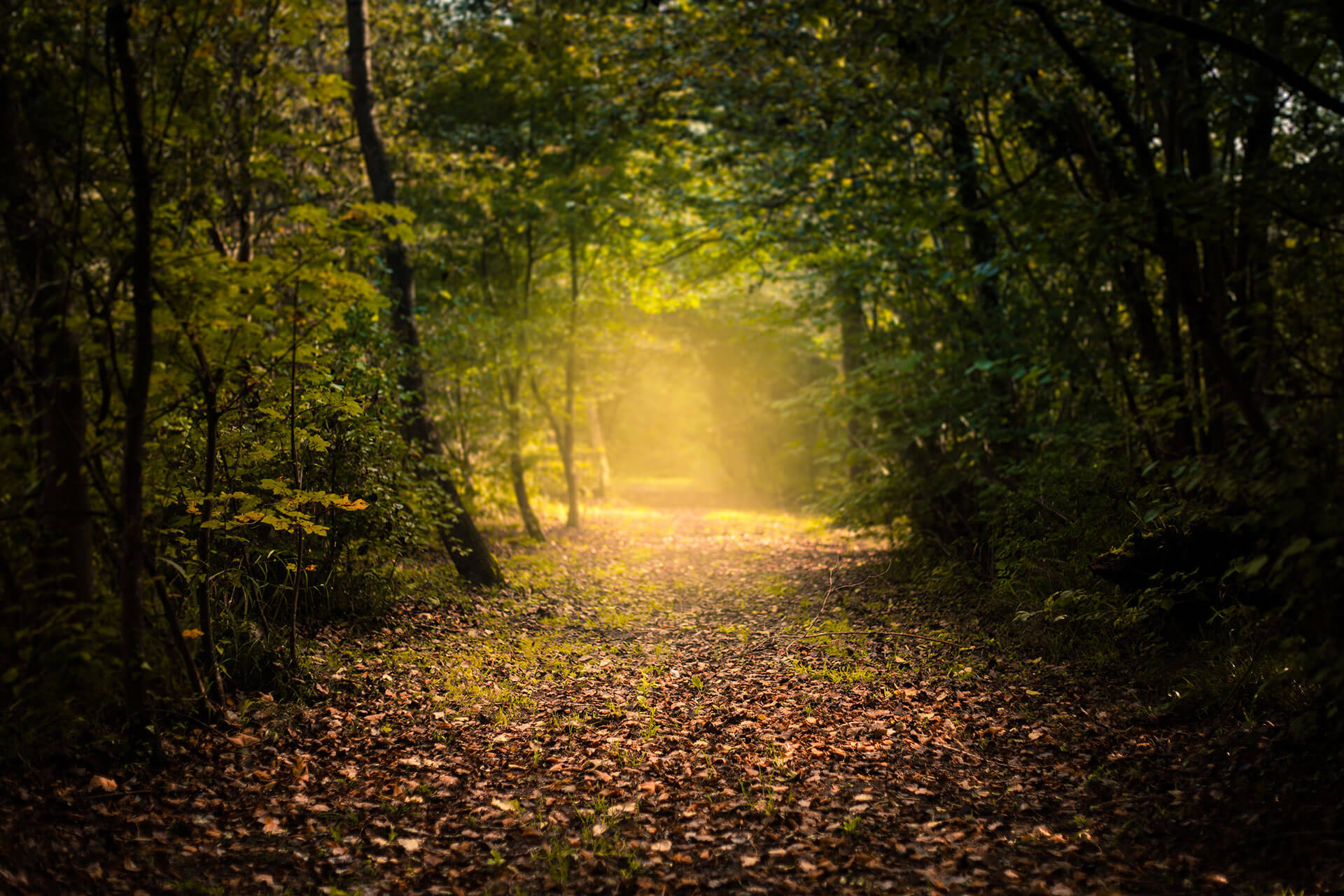

1. Medieval Citadel of Sighișoara

2. Clock Tower - Sighișoara

4. Monastery Church - Sighișoara

5. The Dracula House - Sighișoara

7. The stag house - Sighișoara

8. Museum Square - Sighișoara

10. Scholar's Stairs - Sighișoara

11. The Church On The Hill - Sighișoara
Nearby...

Restaurant
-
-
7 Places
-
Str. Octavian Goga nr 3 Sighișoara
- 0040 265 777 000
- http://bit.ly/2QAaiZSFerdinand
-
Str. Cositorarilor nr. 5, Sighișoara
- 0744 518 108
- http://bit.ly/2G6f9xUVladDracul
-
Str. Școlii nr. 1, Sighișoara
- +40746143039
- http://www.casacucerb.ro/
-
Piața Hermann Oberth nr. 1, Sighișoara
- 0771 215 015
- http://bit.ly/2FTMaxmConcordia
-
Piața Hermann Oberth nr. 10 Sighișoara
- 0040 365 730 006
- http://bit.ly/2EcihH0Joseph
-
Str. Cositorarilor nr.10, Sighișoara
- 0742 688 103
- http://medievalcafe-restaurant.ro/
-
Str. Mihai Viteazu nr.10 Sighișoara
- 0040 265 779 818
- http://bit.ly/2PfFyJeSanMarco


Restaurant
-
Casa Ferdinand
-
Str. Octavian Goga nr 3 Sighișoara
- 0040 265 777 000
- http://bit.ly/2QAaiZSFerdinand
-
-
Casa Vlad Dracul
-
Str. Cositorarilor nr. 5, Sighișoara
- 0744 518 108
- http://bit.ly/2G6f9xUVladDracul
-
-
Casa cu Cerb
-
Str. Școlii nr. 1, Sighișoara
- +40746143039
- http://www.casacucerb.ro/
-
-
Concordia
-
Piața Hermann Oberth nr. 1, Sighișoara
- 0771 215 015
- http://bit.ly/2FTMaxmConcordia
-
-
Joseph T. Restaurant & Wine Bar
-
Piața Hermann Oberth nr. 10 Sighișoara
- 0040 365 730 006
- http://bit.ly/2EcihH0Joseph
-
-
Medieval Cafe Restaurant
-
Str. Cositorarilor nr.10, Sighișoara
- 0742 688 103
- http://medievalcafe-restaurant.ro/
-
-
SanMarco Sighișoara
-
Str. Mihai Viteazu nr.10 Sighișoara
- 0040 265 779 818
- http://bit.ly/2PfFyJeSanMarco
-
1. Medieval Citadel of Sighișoara
The Saxon settlers were invited to colonize this part of Transylvania by King Géza II of Hungary between 1141 and 1161, and granted various privileges, which were confirmed by Endre II in 1224. It became the centre of the Saxon Seat of the same name and was under the jurisdiction of the Saxon Count of Sibiu. The construction of the wooden fortress began in the very end of the 12th century, but it was destroyed in the Great Tartar Invasion of 1241 and a new one was built to replace it. It is first mentioned in a charter of 1280 by the name of Castrum Sex, as a royal estate. The upper part of the Citadel Hill, the Upper Town, gradually reinforced with ramparts and towers, was the centre of the town until the 16th century, with three fortification systems and 14 defense towers.
The main entrance to the citadel, the 64-metre-high rectangular gate of the Clock Tower, is the symbol of the city. This tower was defended not by the guilds, as the towers usually were, but by the soldiers of the council, which used the tower as its seat until 1556. The tower, built in the 14th century, was rebuilt after the great fire of 1676.
Since 1999, Sighisoara Citadel has been a UNESCO World Heritage Site and is the venue for numerous cultural events, including classical music, jazz, medieval, inter-ethnic, folk dance and film festivals. Its attraction is enhanced by its medieval townscape, its towers, the former Dominican monastery church, its cobbled streets, its old houses, its Gothic church, its Lutheran cemetery, its 172-stepped covered wooden staircase built in 1642.
2. Clock Tower - Sighișoara
In 1648 at level 4 the clock is installed. The figures made of linden wood, representing the days of the week under the image of the ancient gods and the goddesses of Peace, Justice, day and night, and two fighters who beat the quarters of an hour, were restored in 1677. At the end of the 19th century it became the Museum of history of the city.
4. Monastery Church - Sighișoara
The interior of the church is dominated by architectural elements and artistic furniture specific to the early Baroque period, represented by the pillars and vaults of the ships, the highly loaded altar, the skylights, the canopy pantry, the painted organ, the painted balustrades and the oriental carpets that adorn the interior of the church. Inside the church is the bronze crown, cast in the 15th century. The baptismal font is the oldest piece in the church. The church has 39 Anatolian carpets, most of them since 17th century. Carpets are donations made by wealthy merchants, the oldest guilds of the guild, the patrician of the city.
5. The Dracula House - Sighișoara
7. The stag house - Sighișoara
Built in the 13th century with further modifications from the 14th, 16th, 17th and 18th centuries, it is probably the most important house of the city. In 2001 the restored house was reopened by the Messerschmitt Munich Foundation. Restoration works have highlighted the cast ceilings, a painted room and exterior painting.
Today, the extremely functional building comprises a modern guesthouse, a traditional café-restaurant and a Romanian-German cultural center.
8. Museum Square - Sighișoara
The Fortress Square has for some time housed the "pillar of infamy" and "tribune" on which the capital processes were judged in public. Fortress Square was also a powerful medieval commercial space. The medieval statutes specified the place where the goods were produced inside the fortress. Citadel Square has regained its old function of trade nowadays, but in another form: to sell handicrafts - souvenirs for those who visit the city.
10. Scholar's Stairs - Sighișoara
The Scholars’ Staircase is a truly original construction of the citadel, being the largest of its kind in Transylvania. Originally it was built of wood and had 300 steps, and its role was to facilitate the access to the High School and the Church on the Hill. It was built between 1660 - 1662 and covered by the locals to protect children going to school. In 1842 it was altered and left with 175 steps. The construction as we can see it today, has a stone foundation with wooden walls and a shingle roof, like a tunnel leading to the top of the hill, the sun rays penetrating through its wooden slats.
